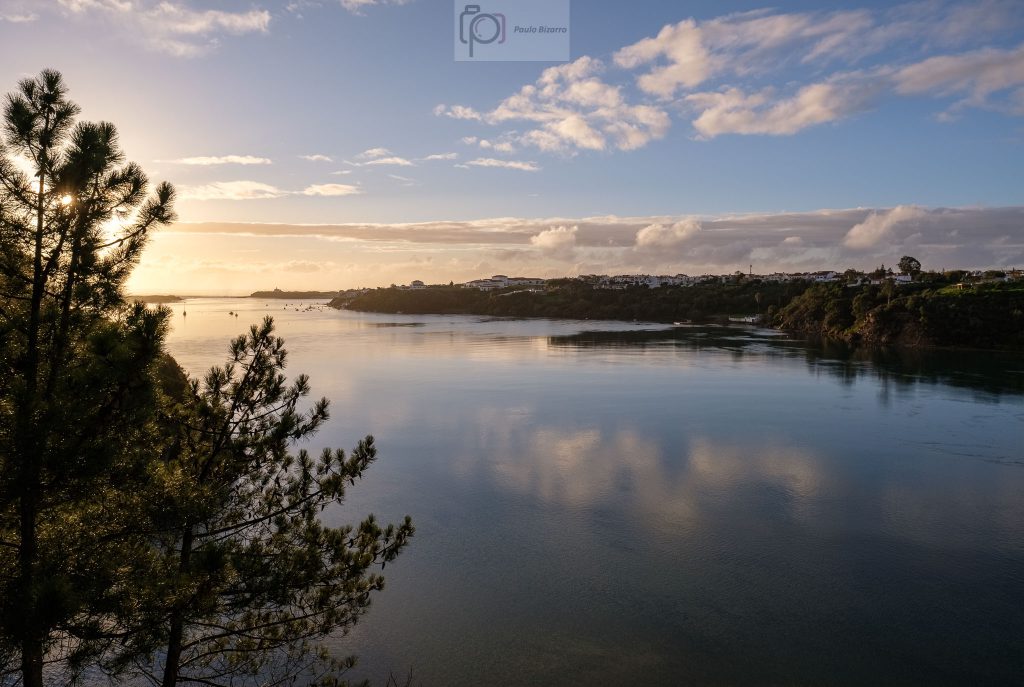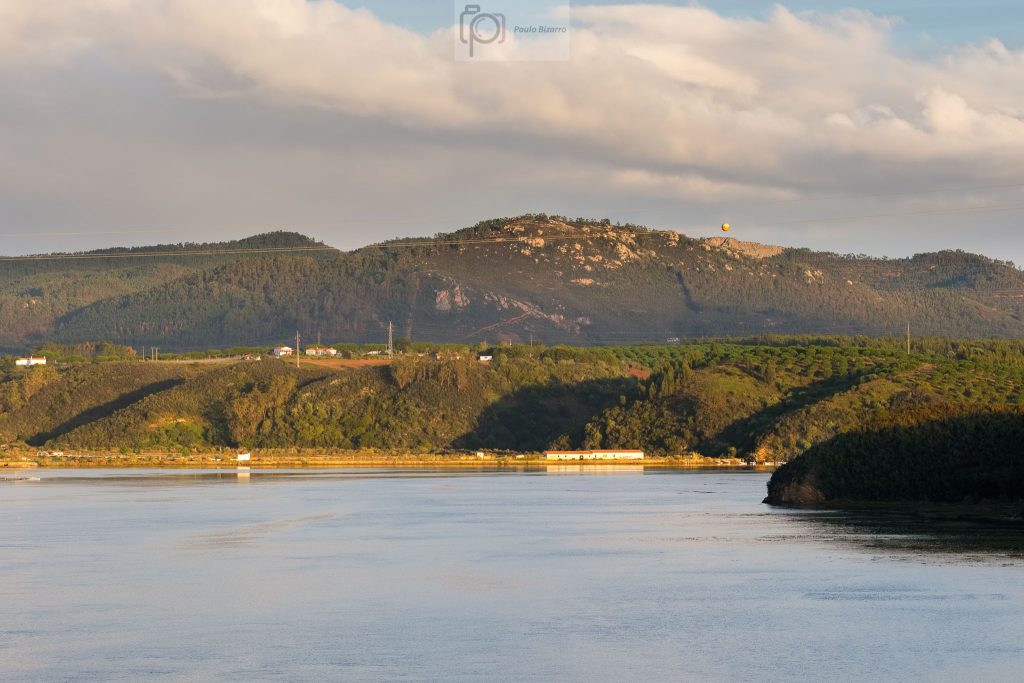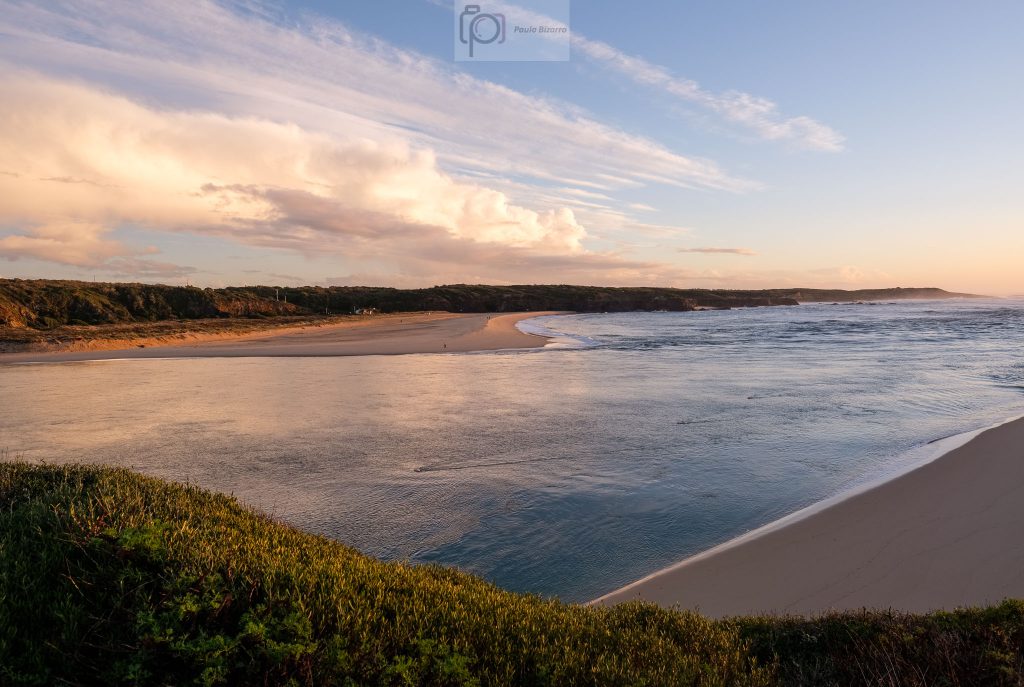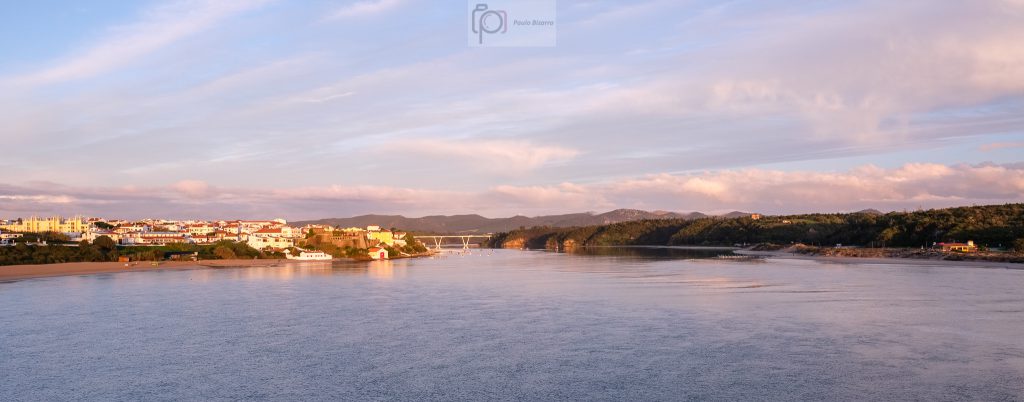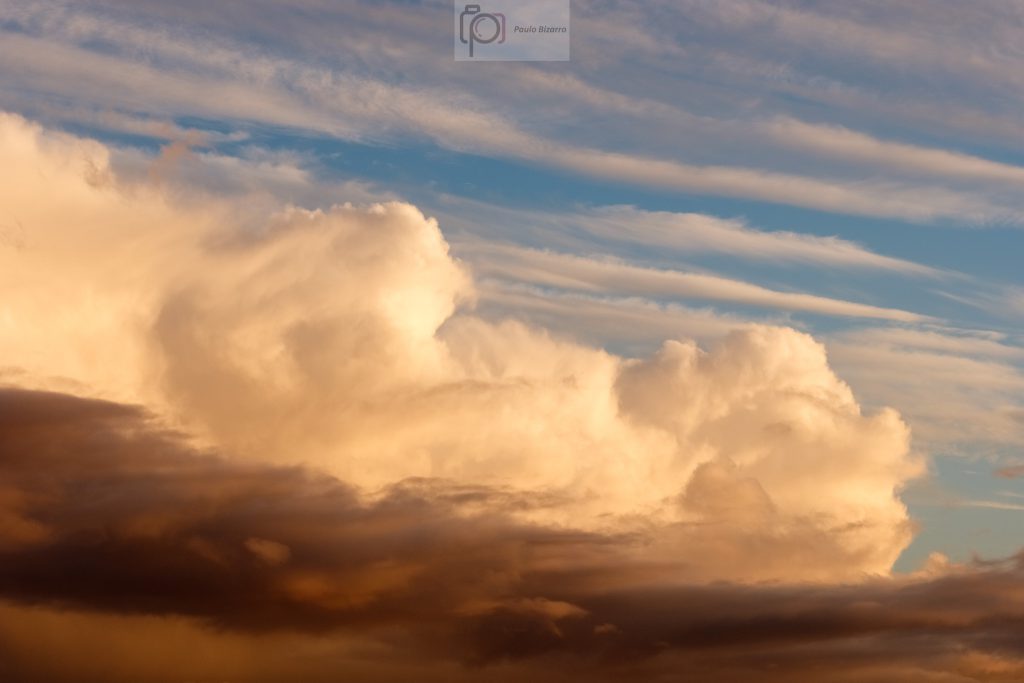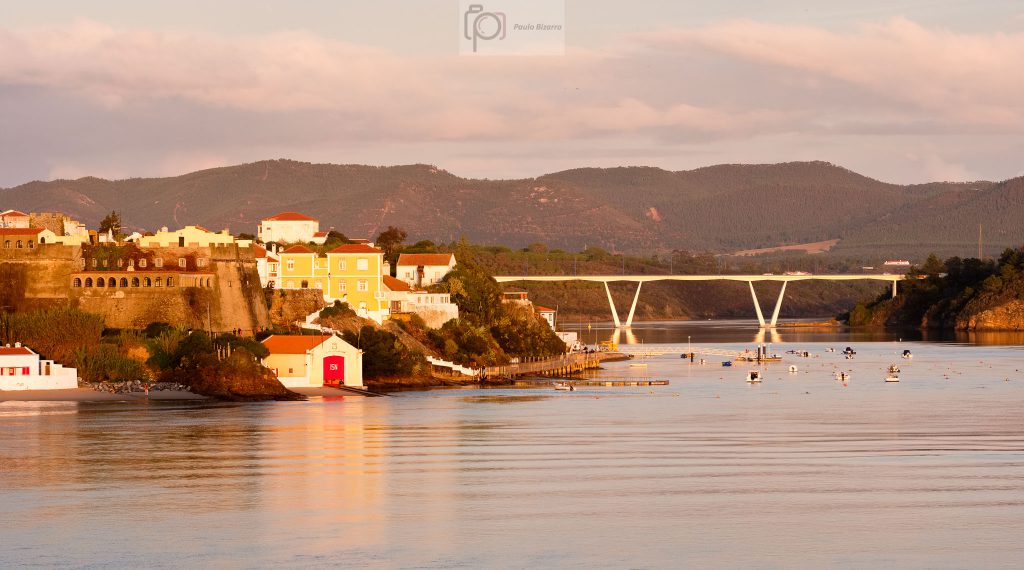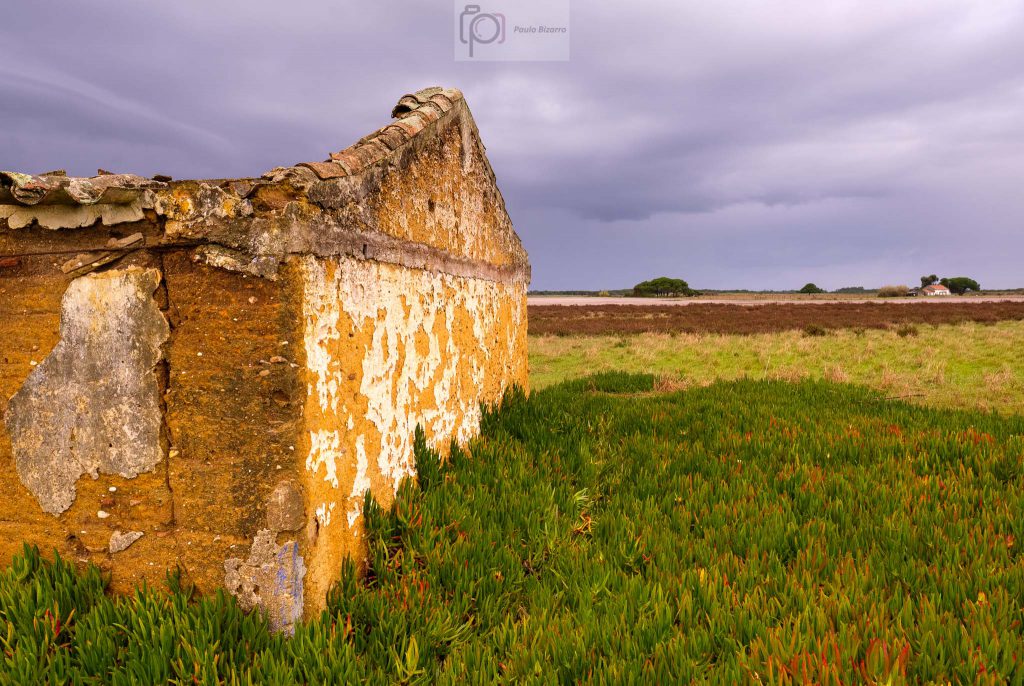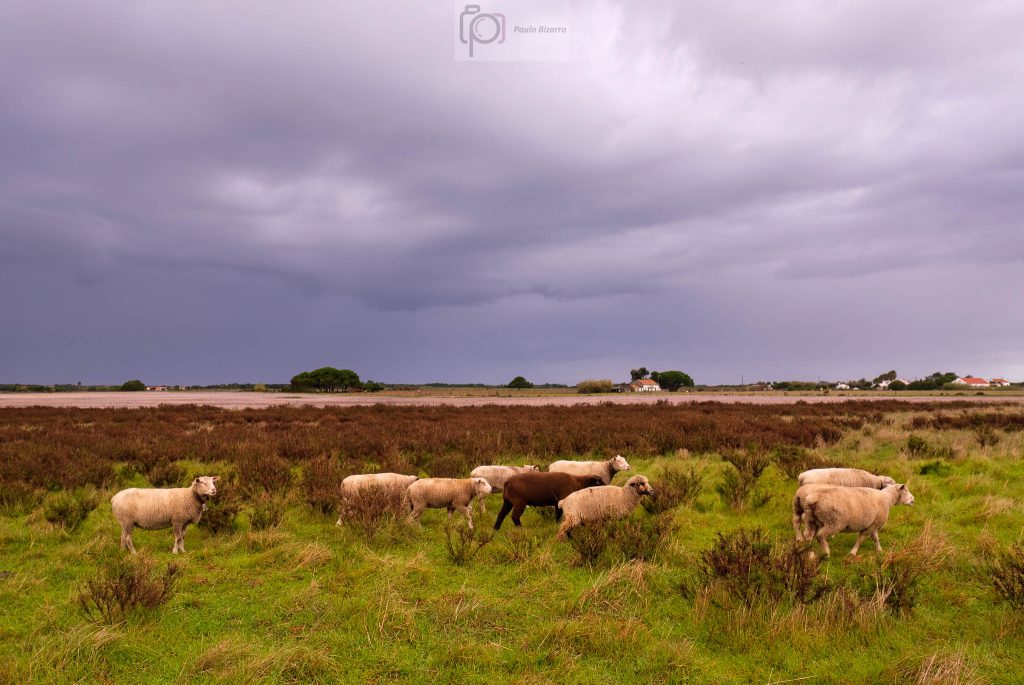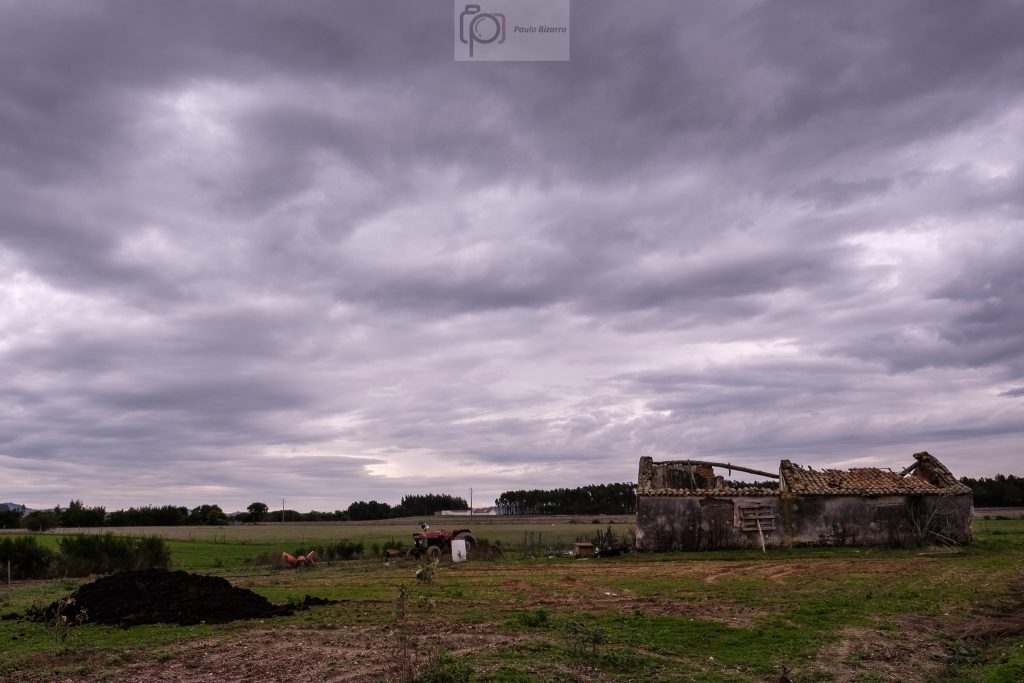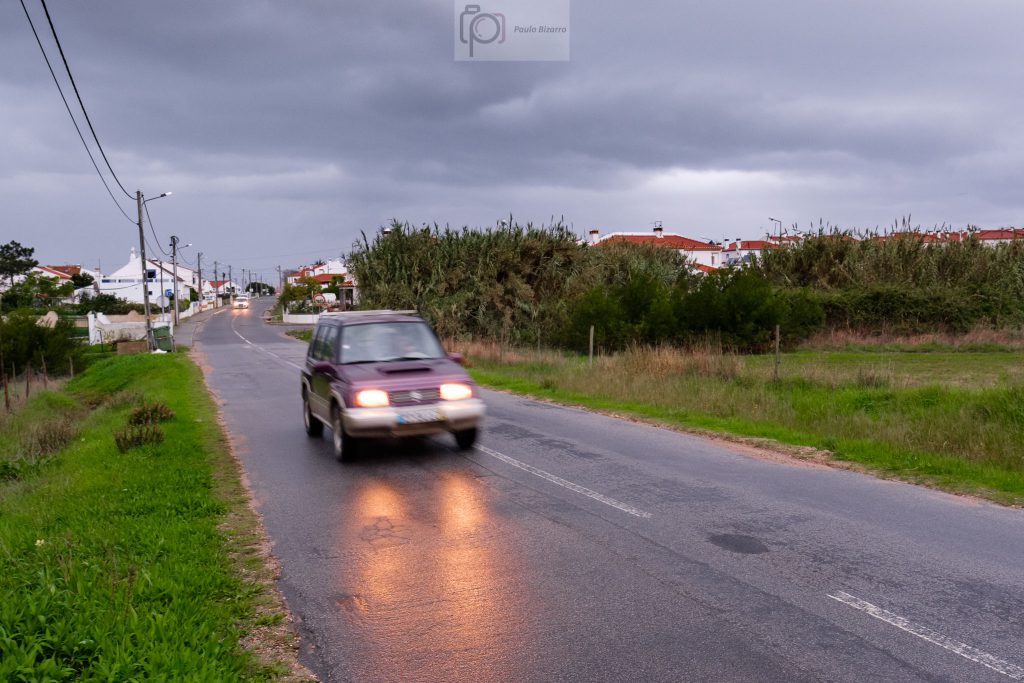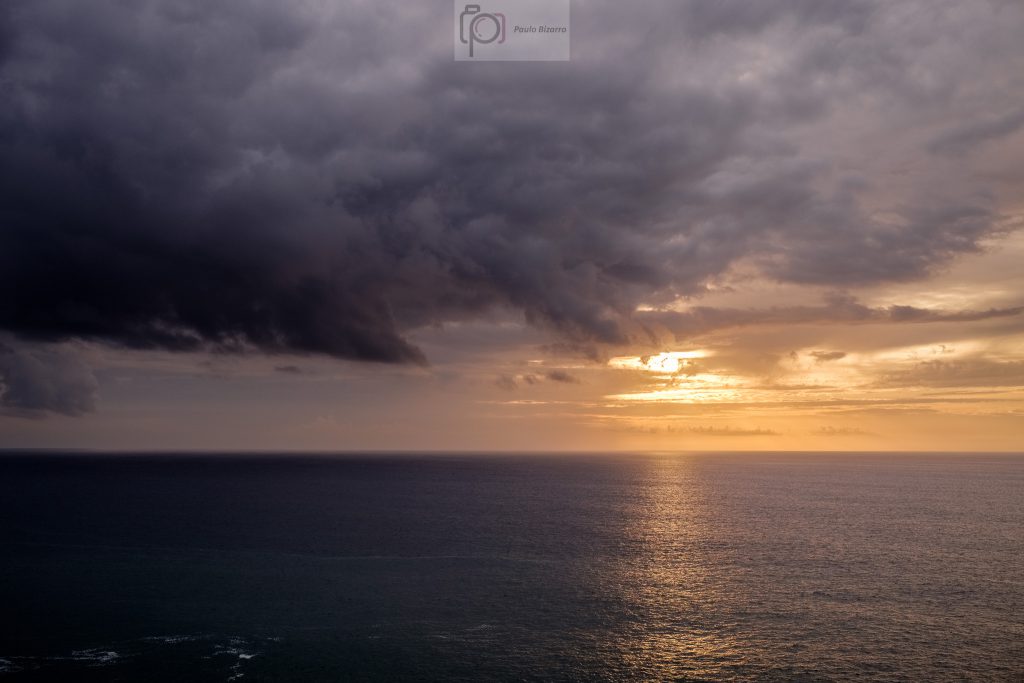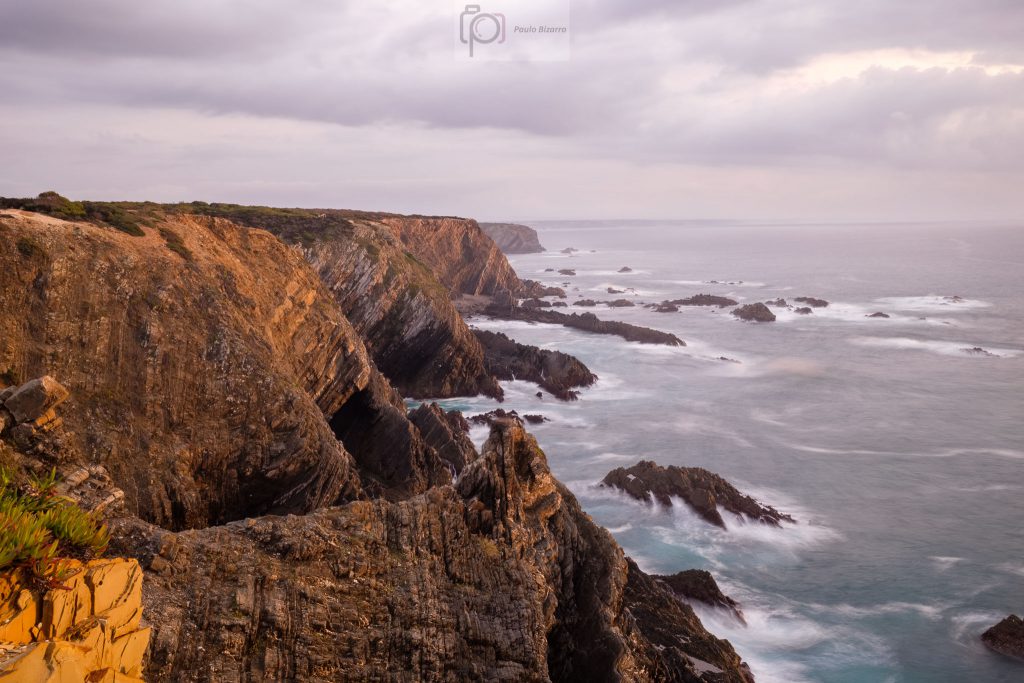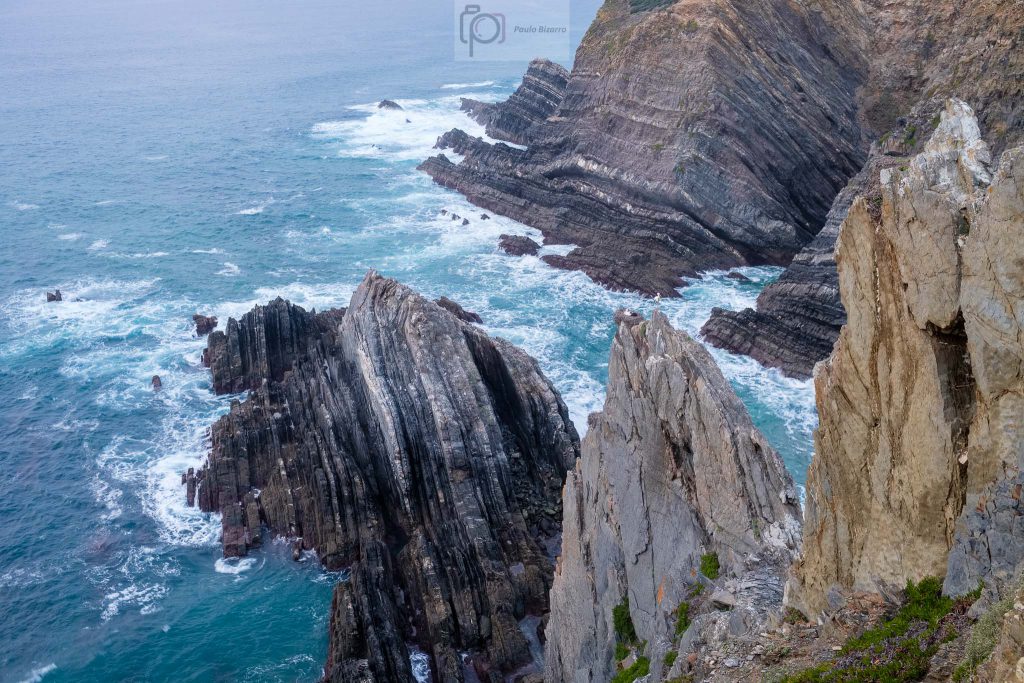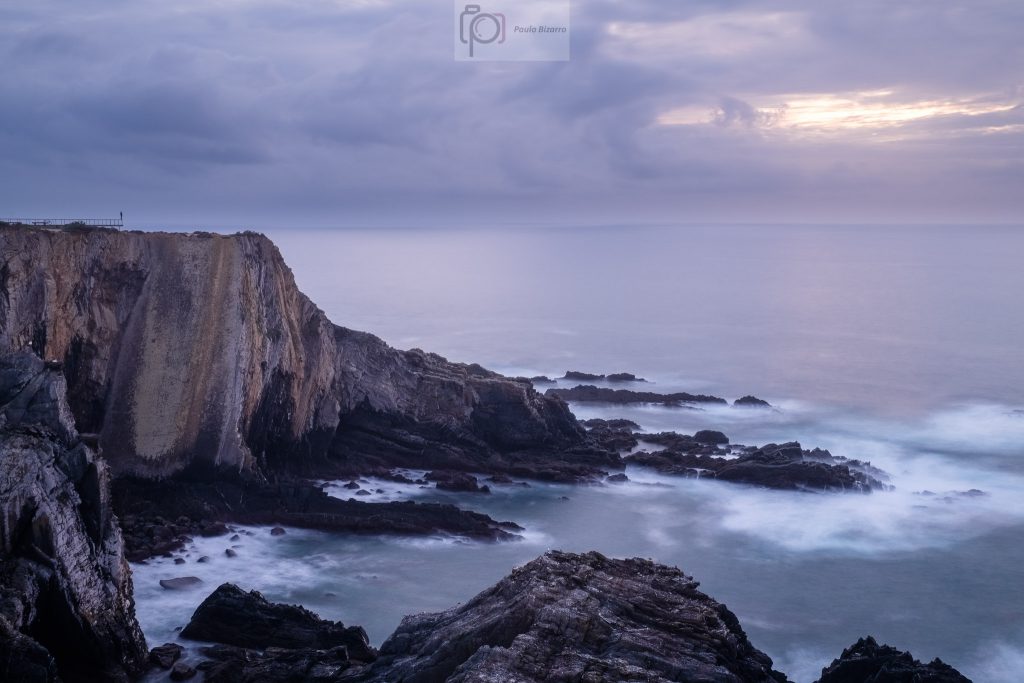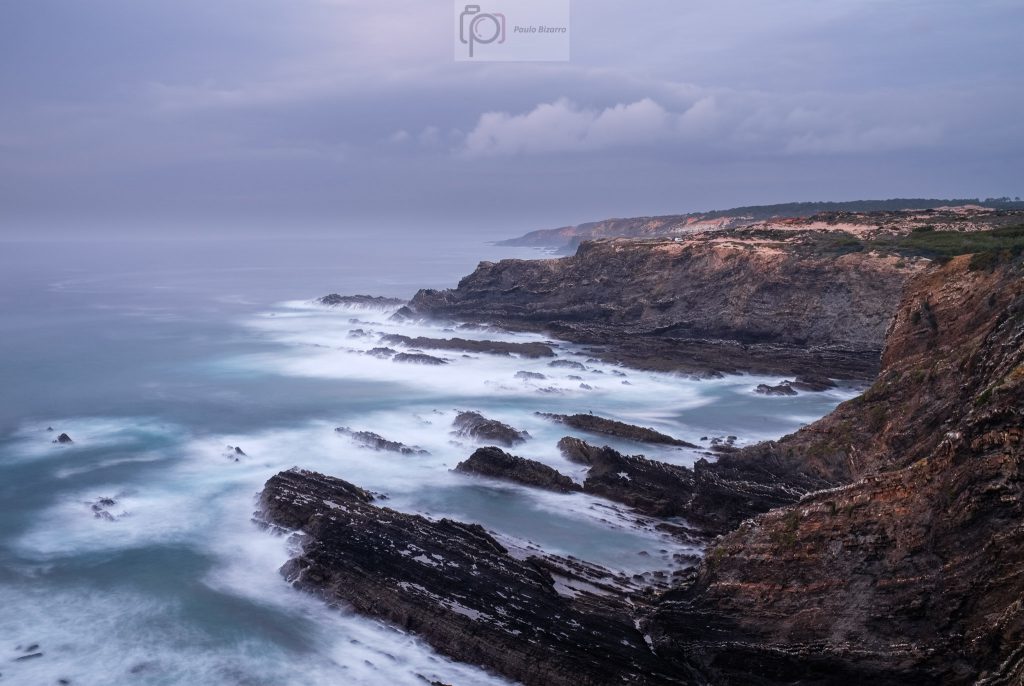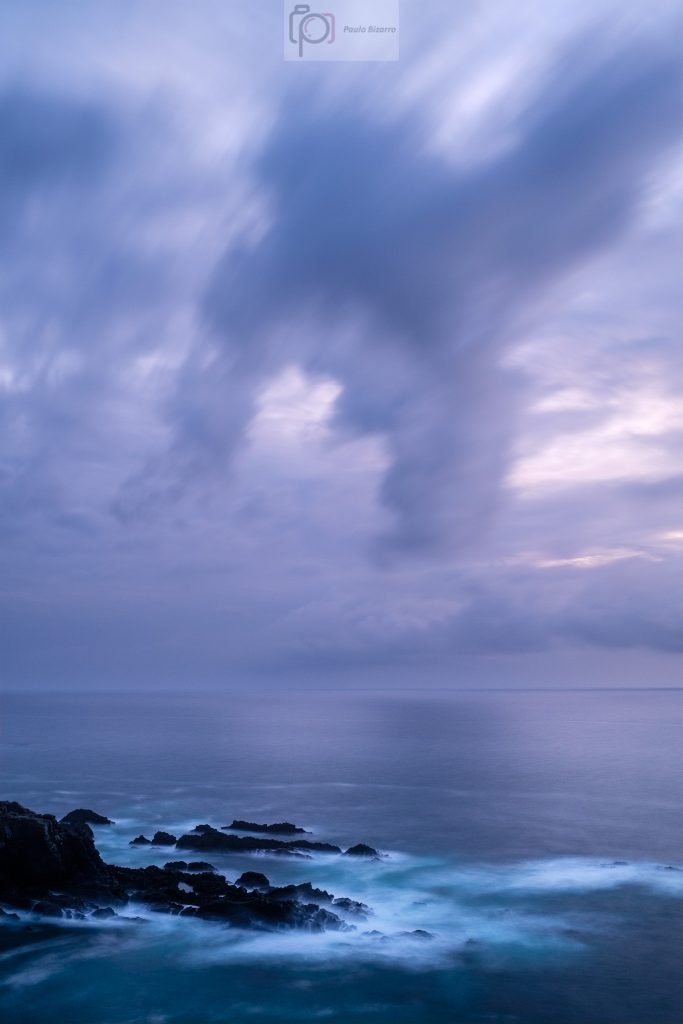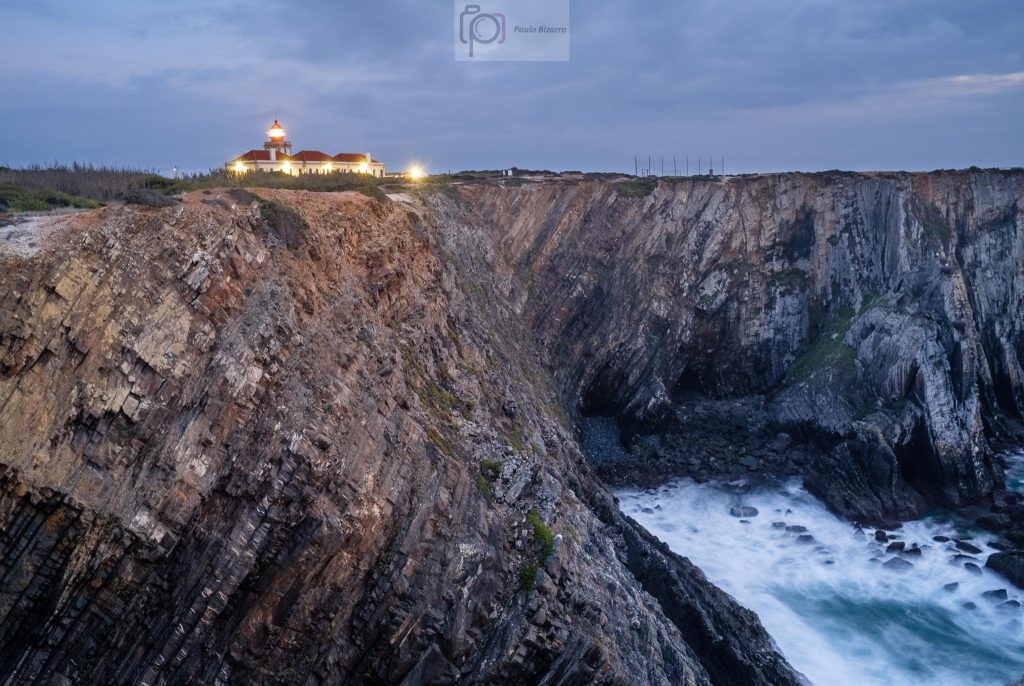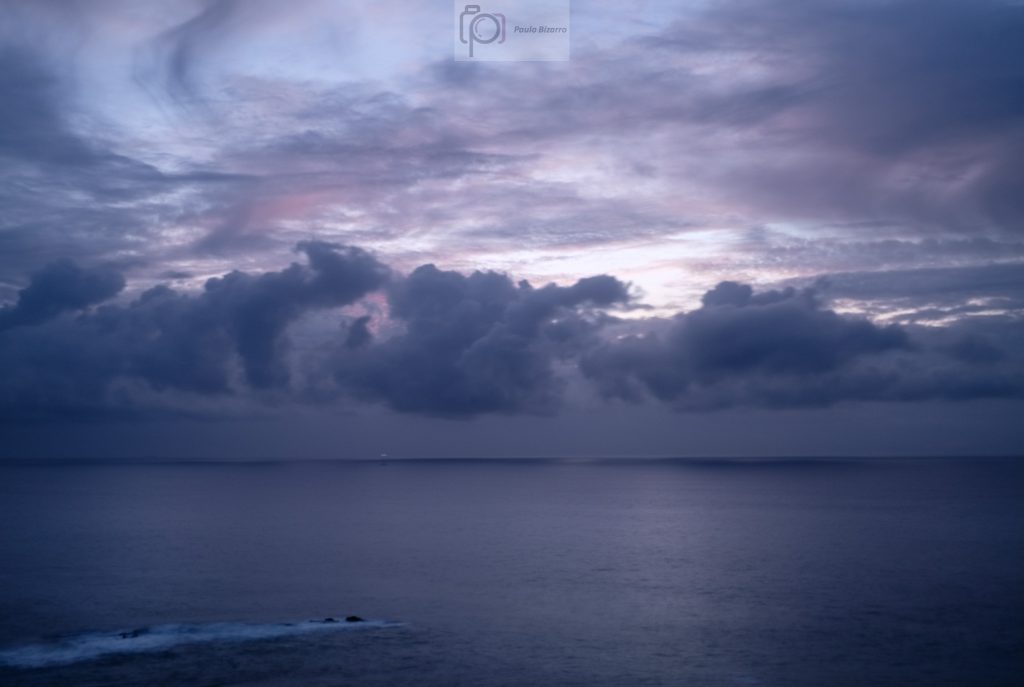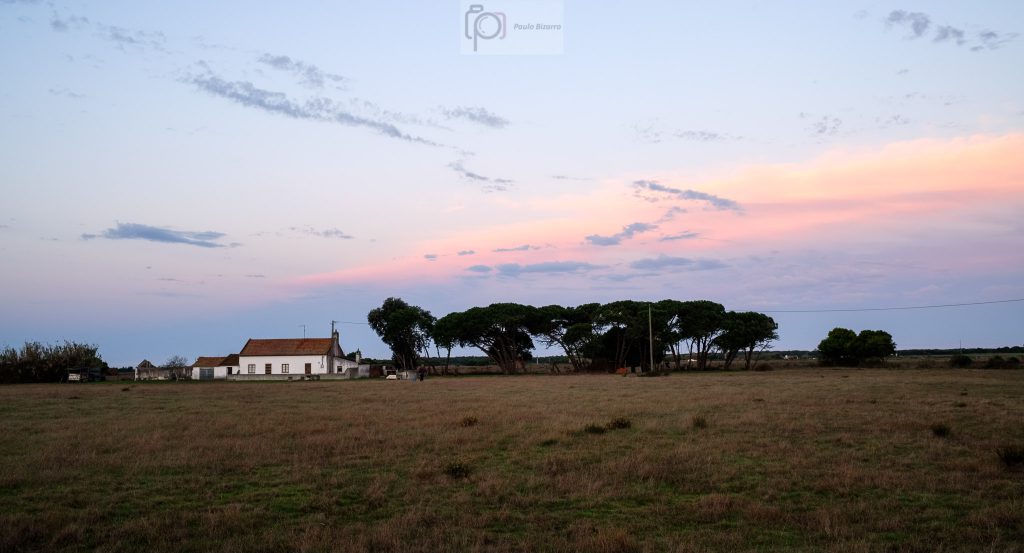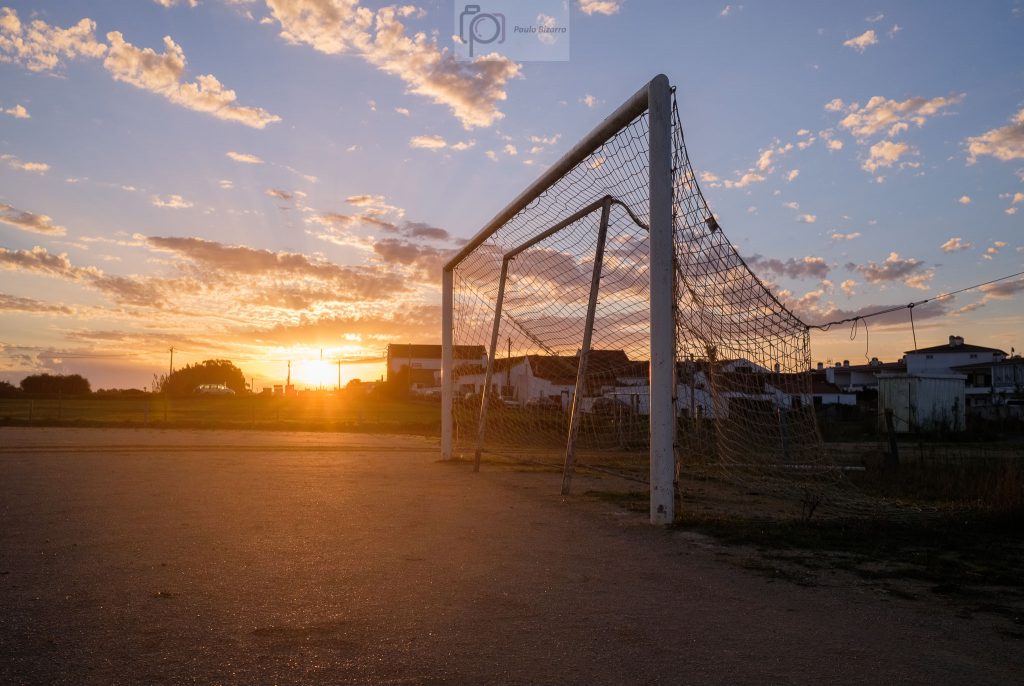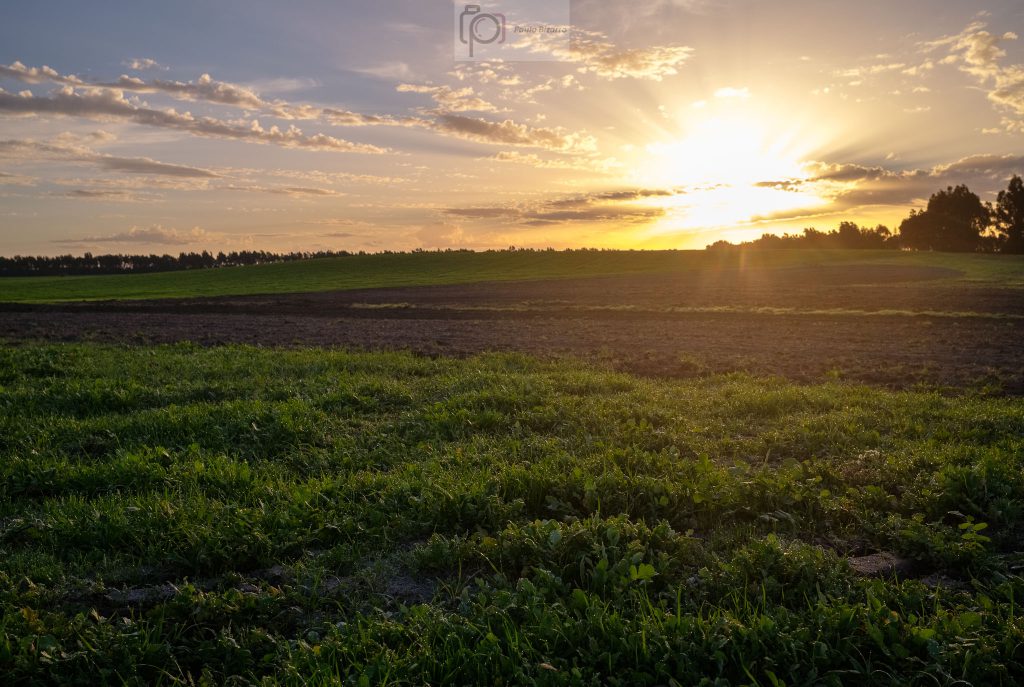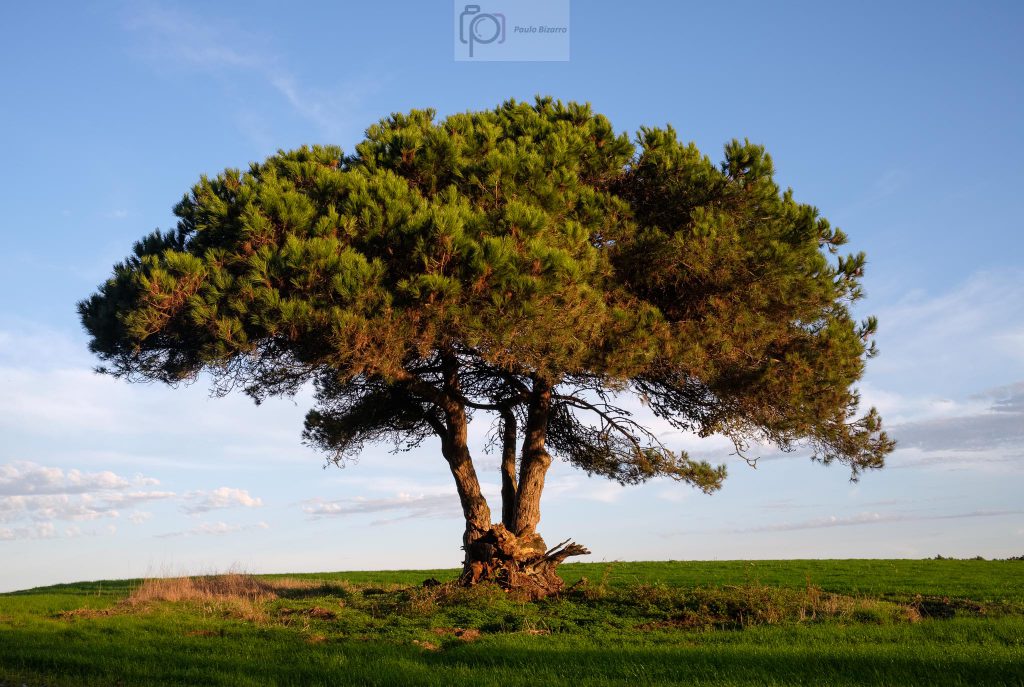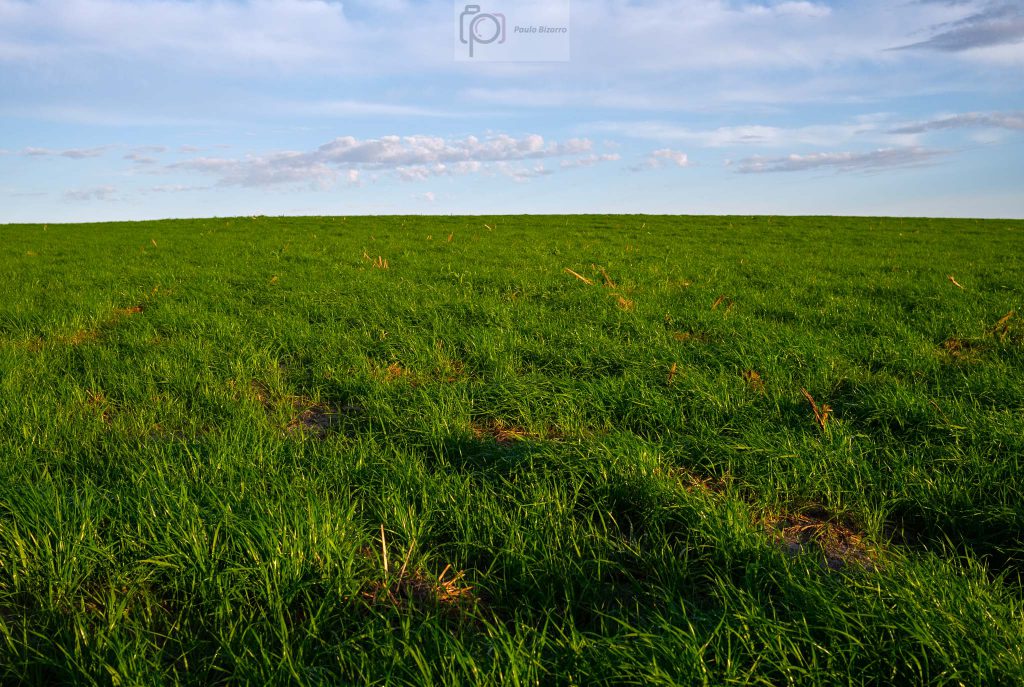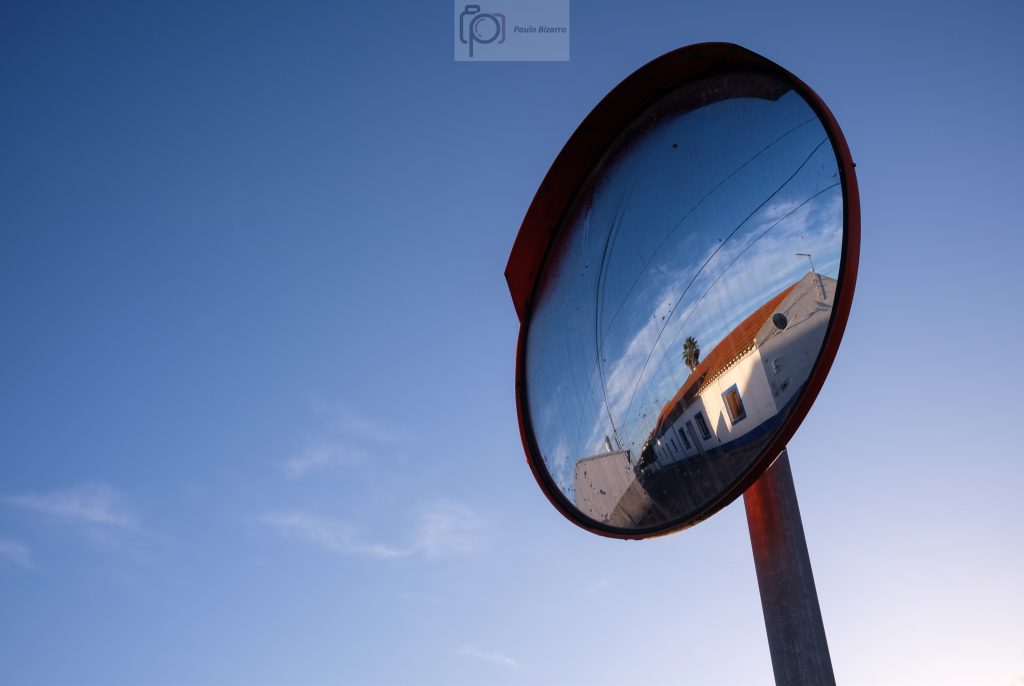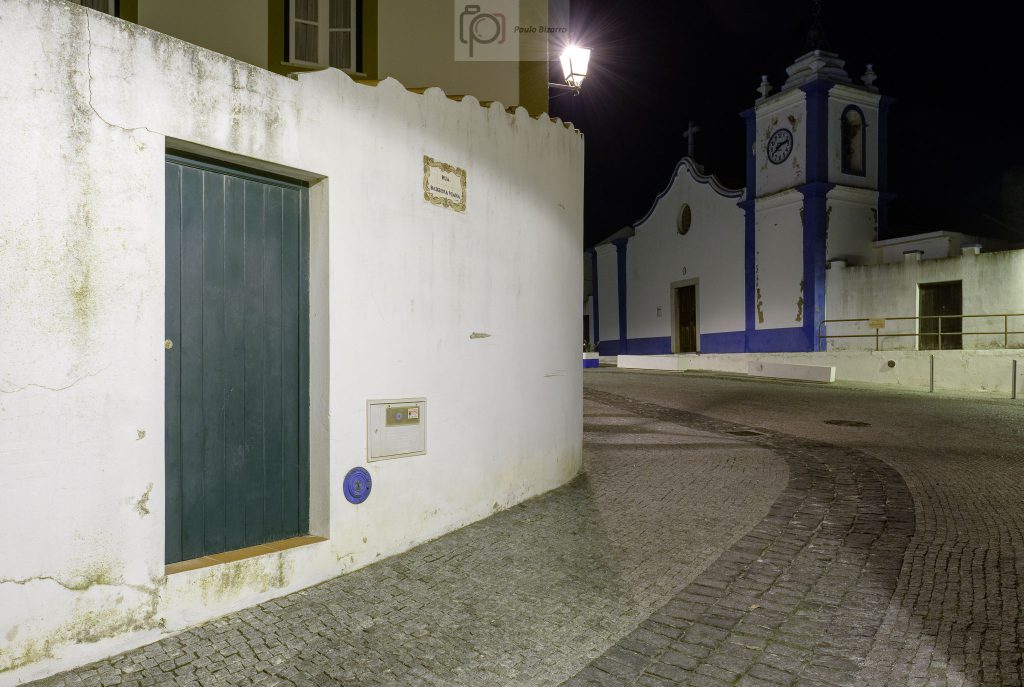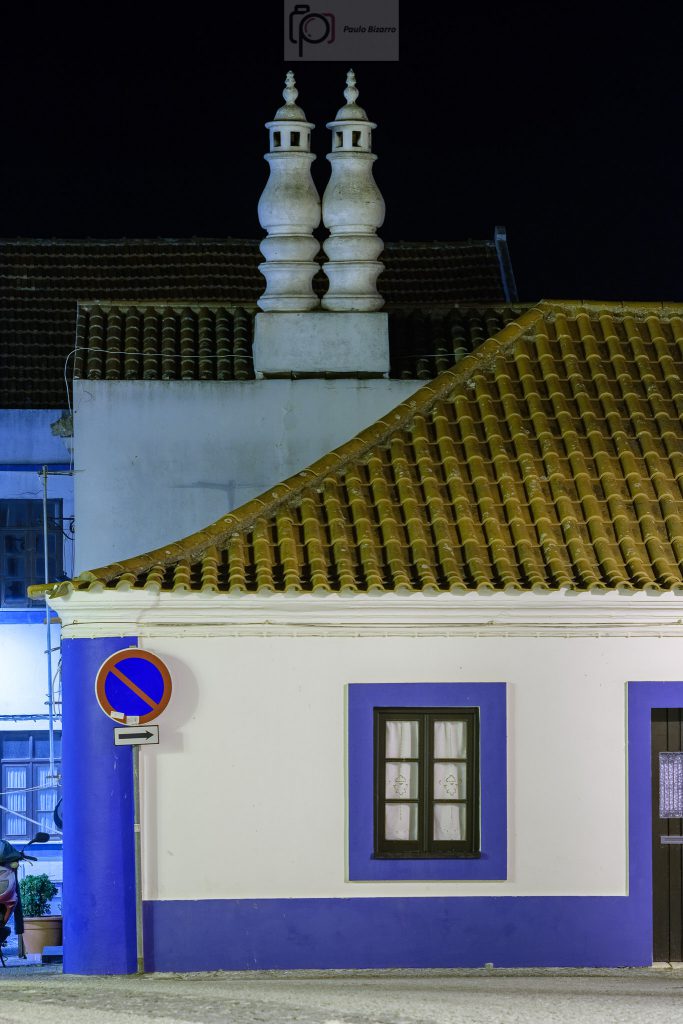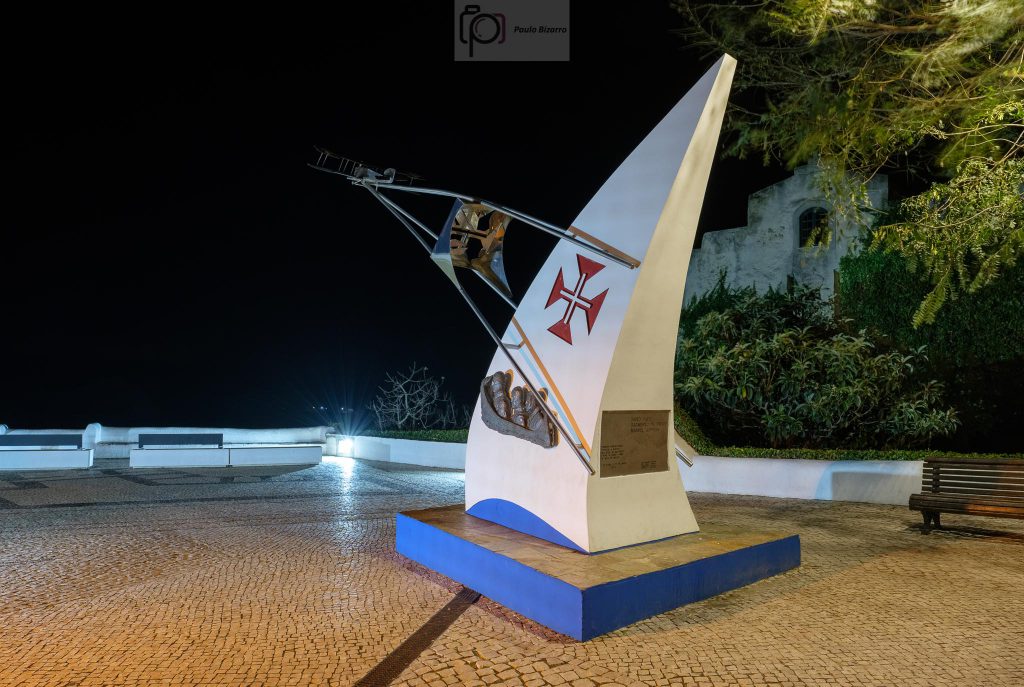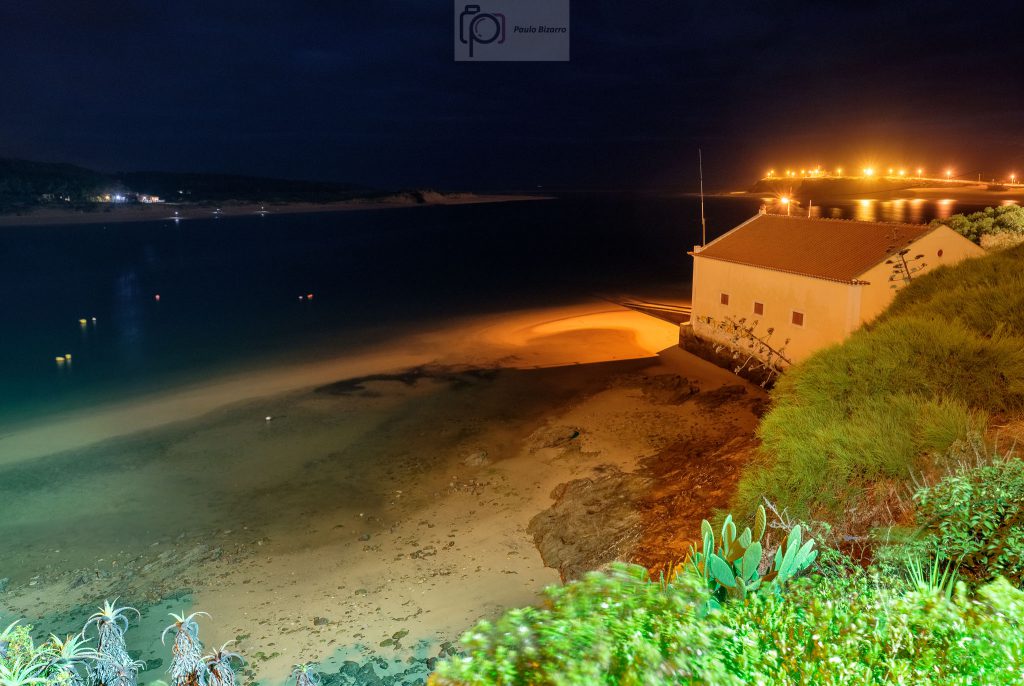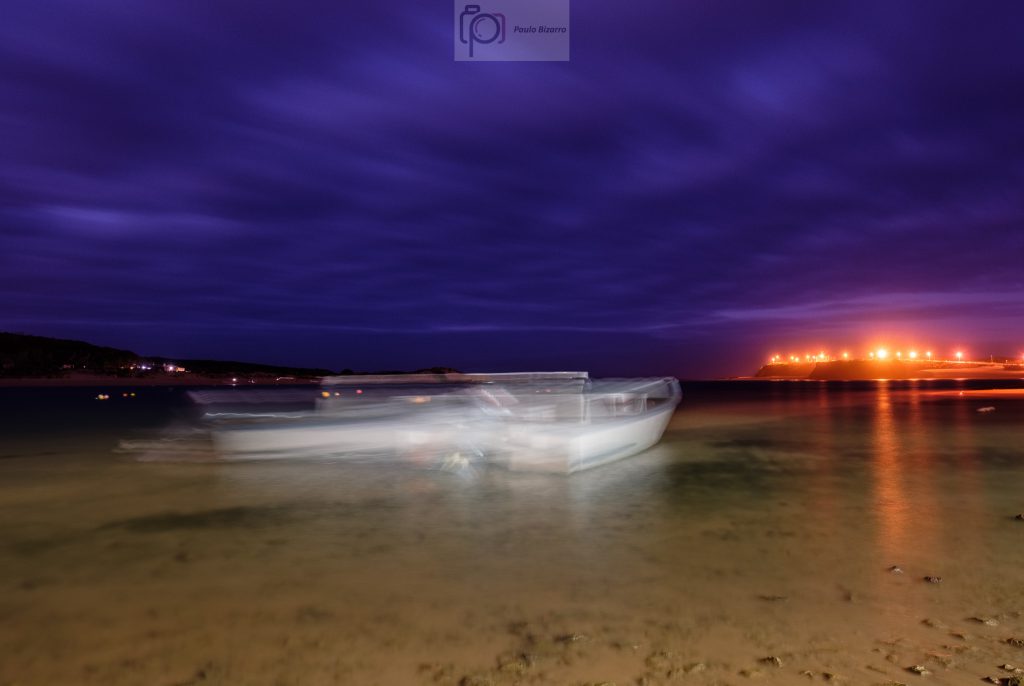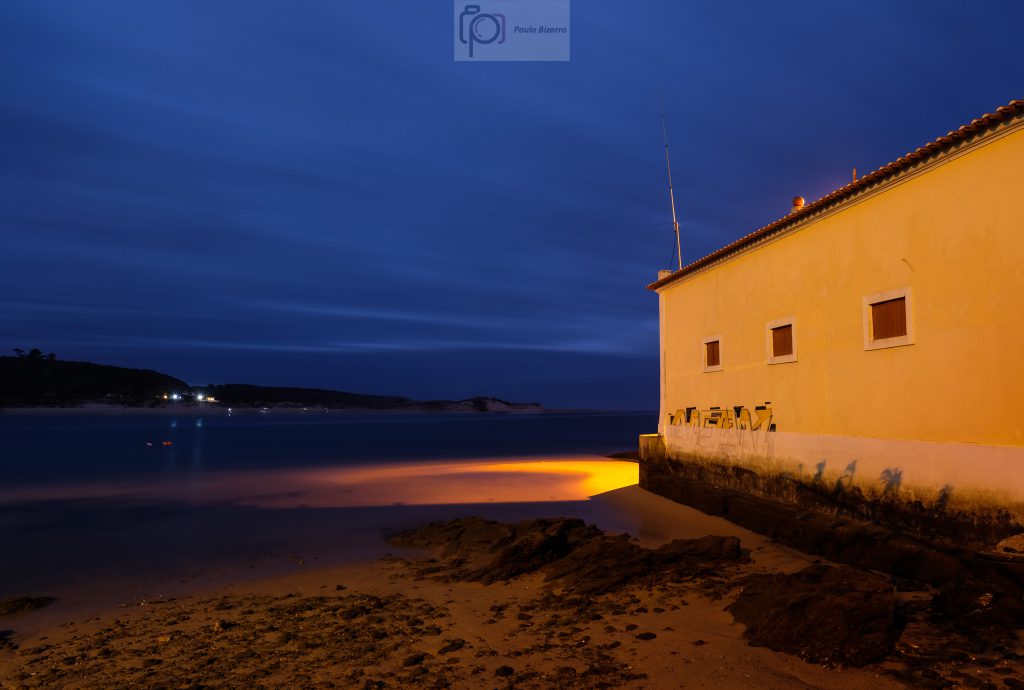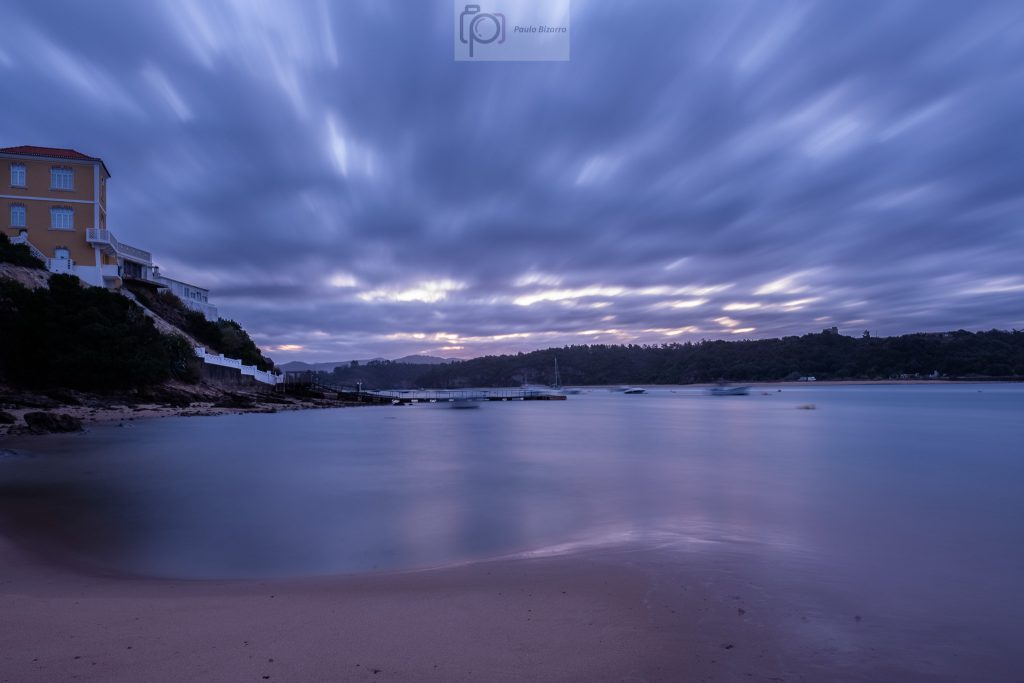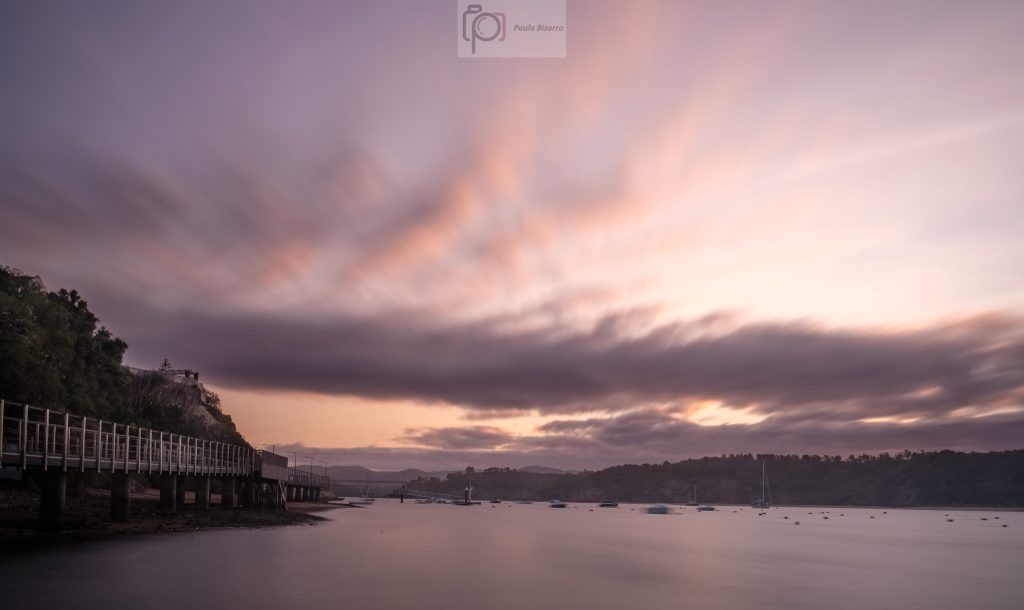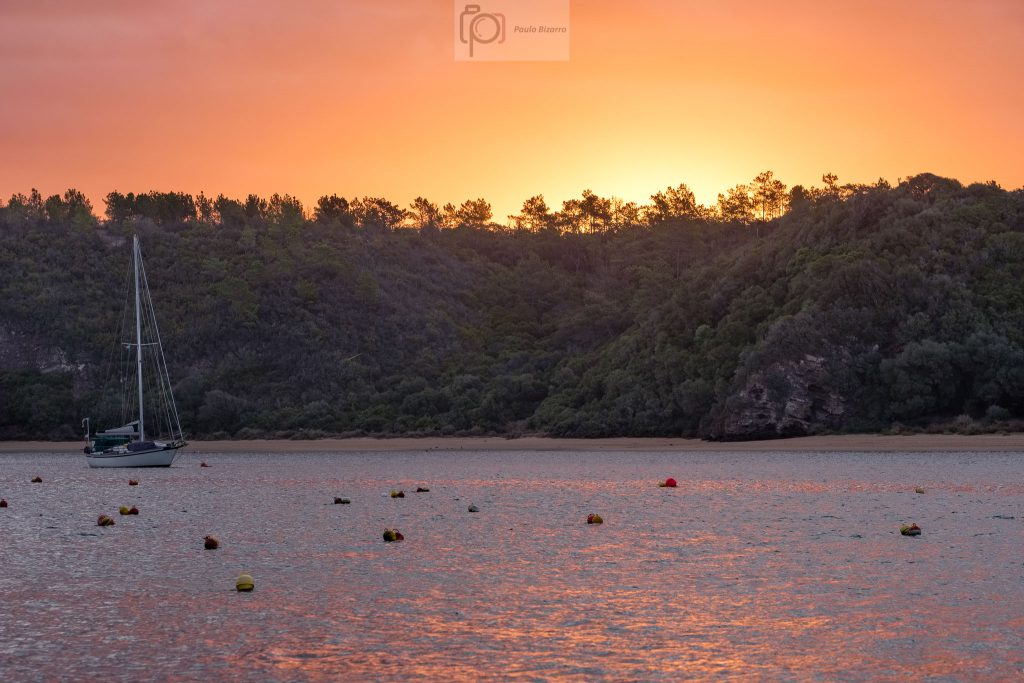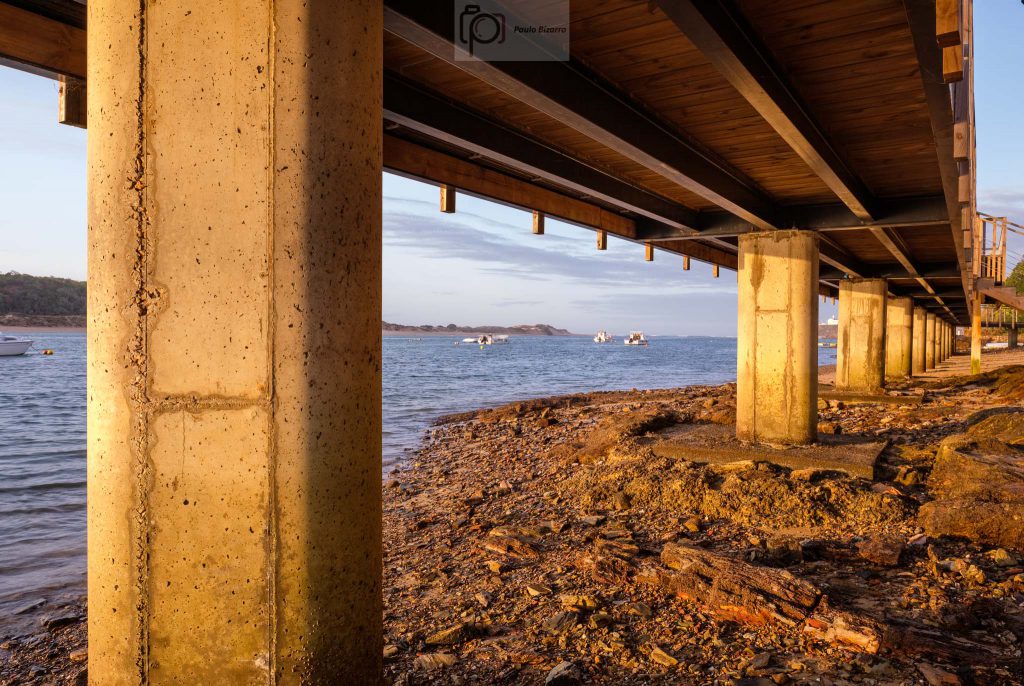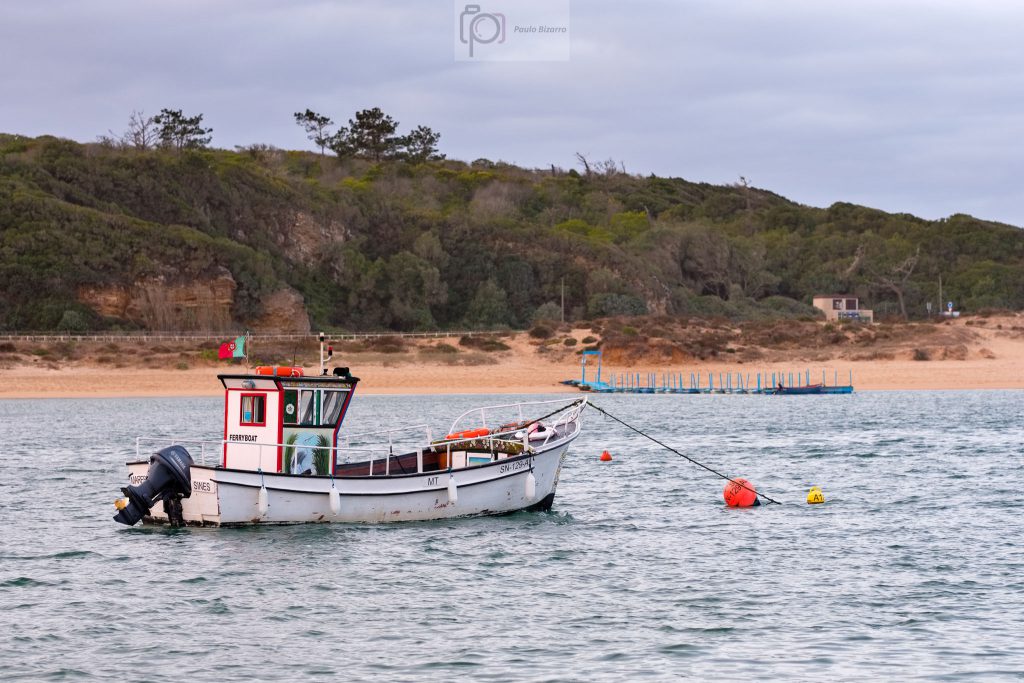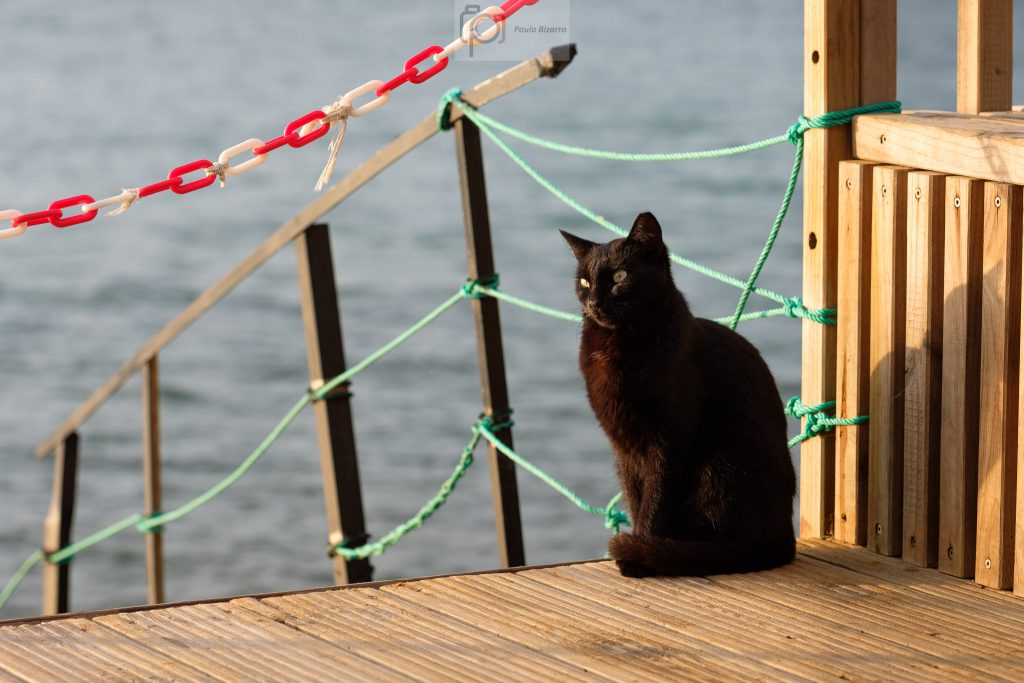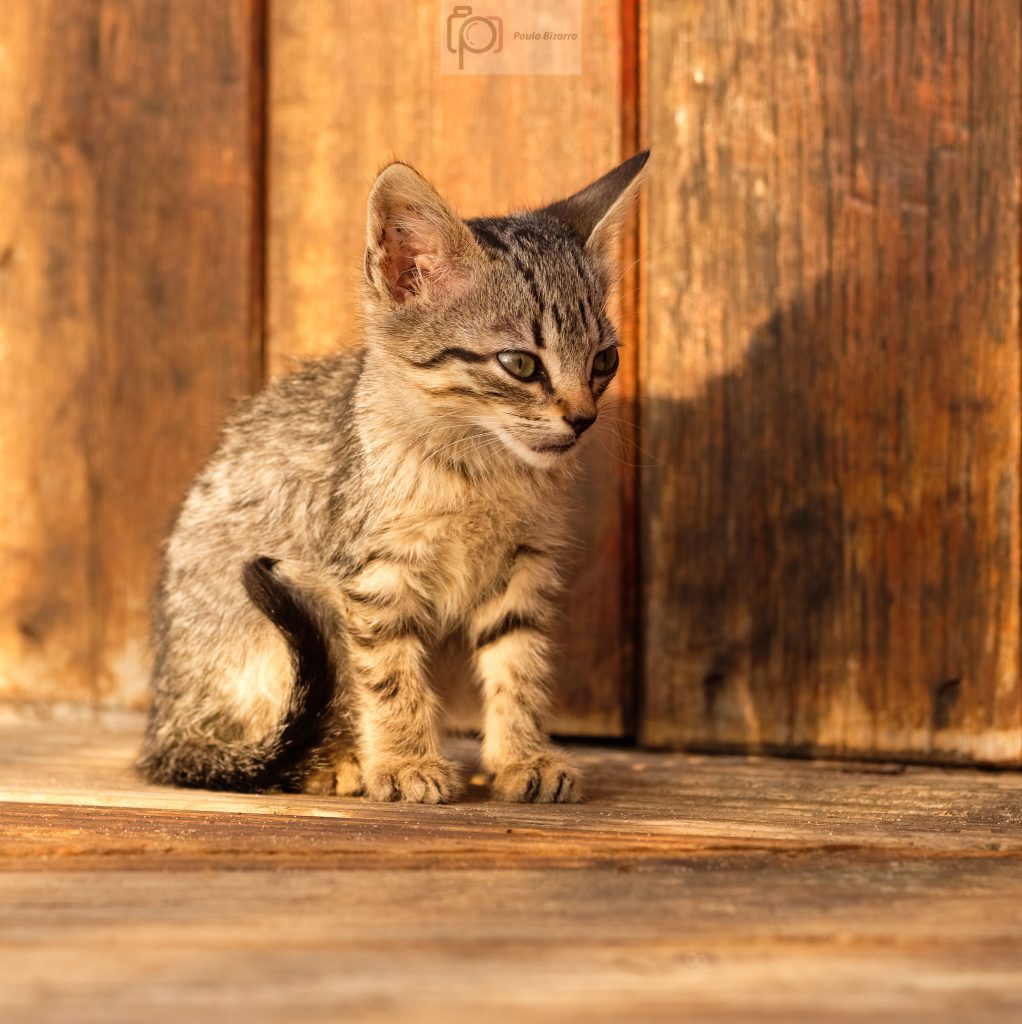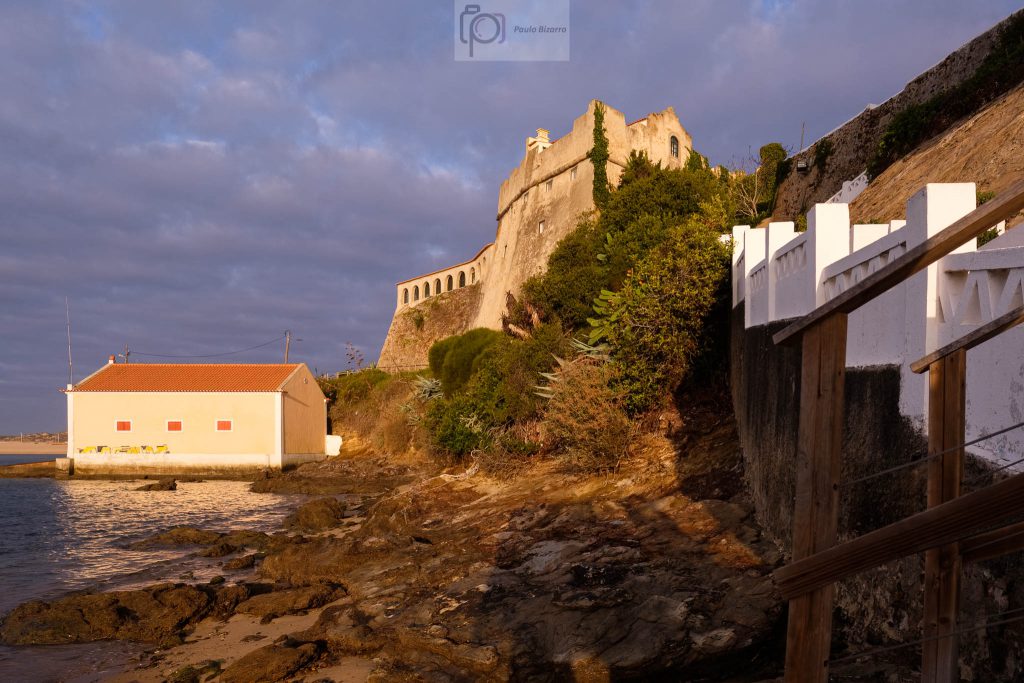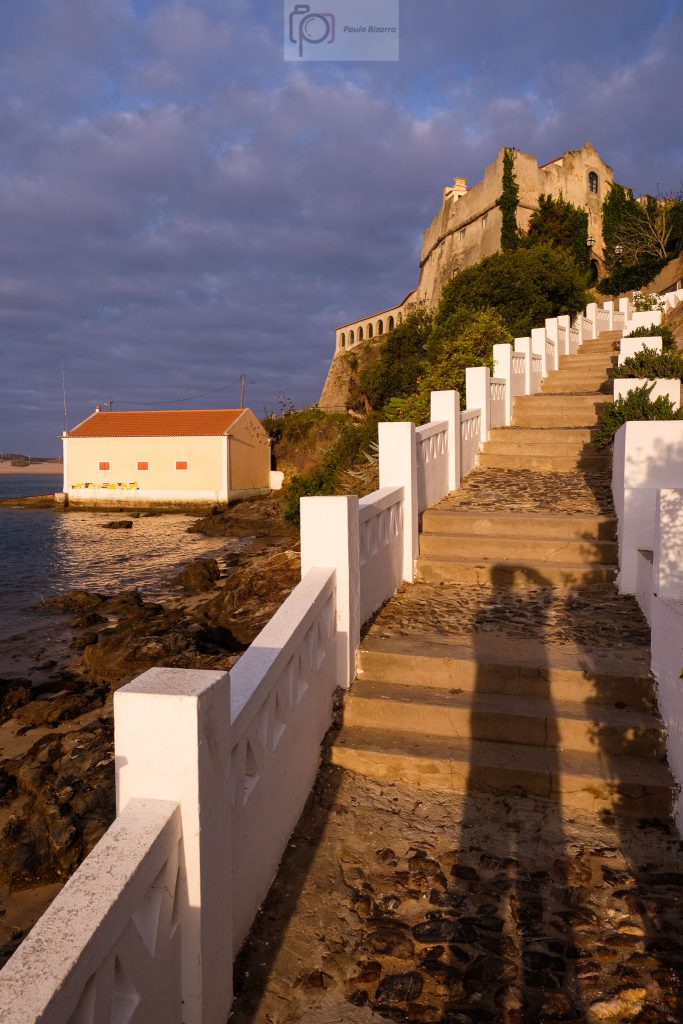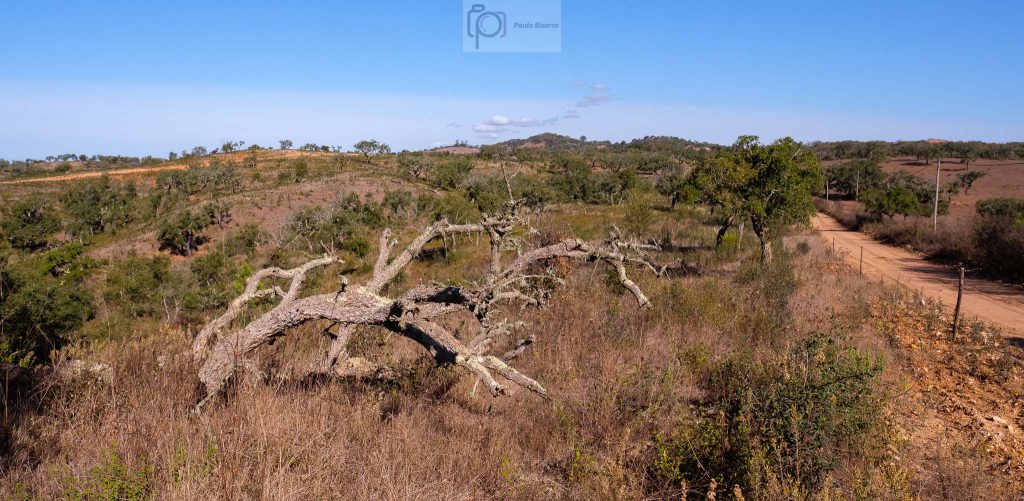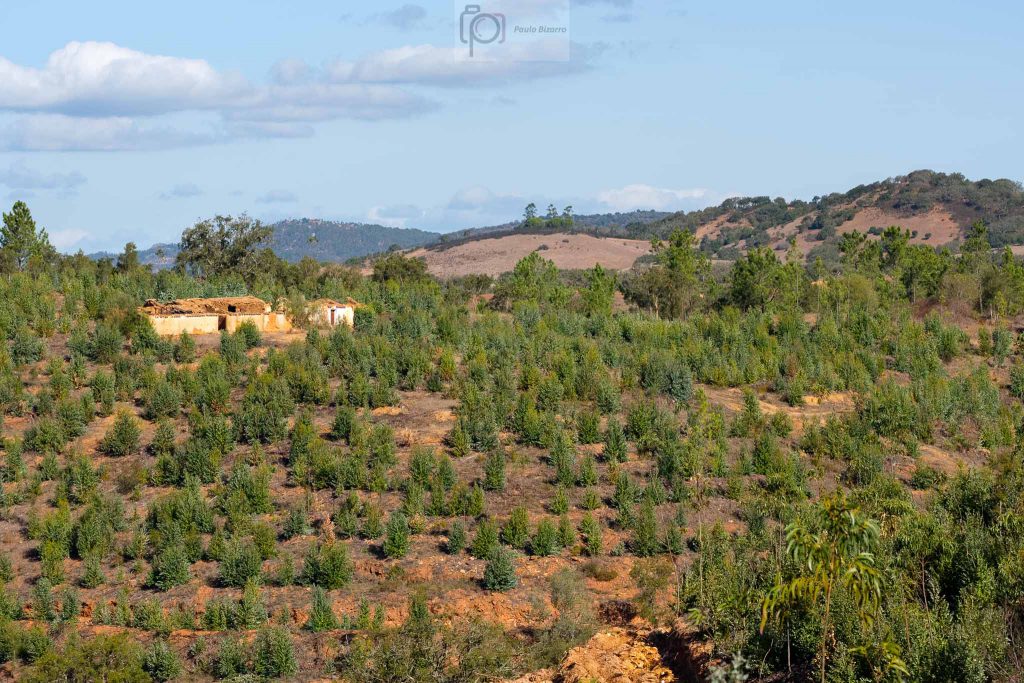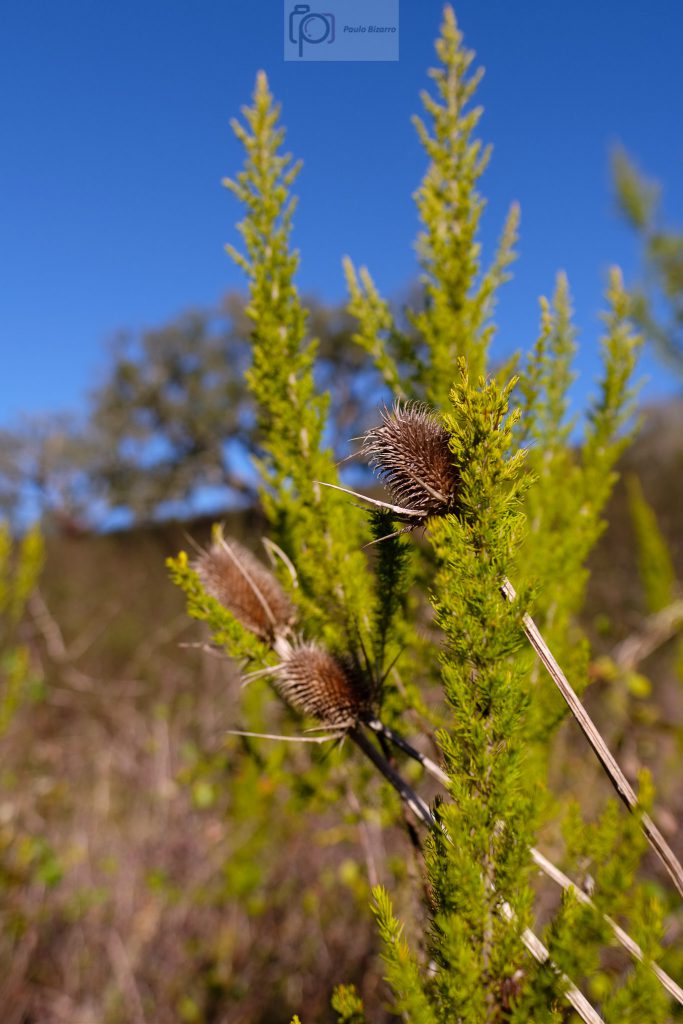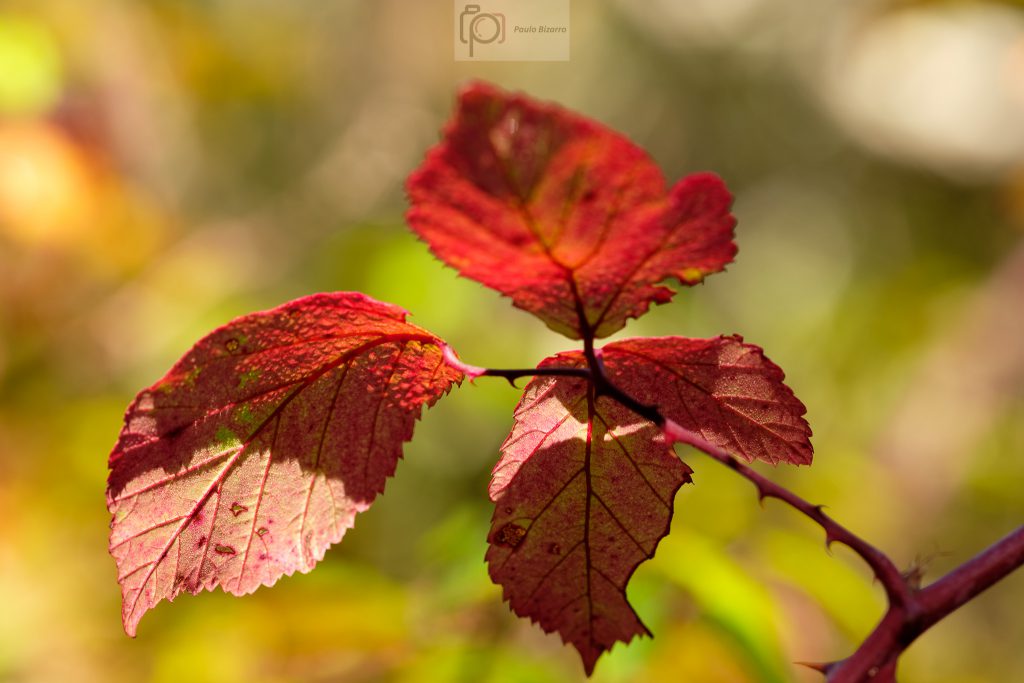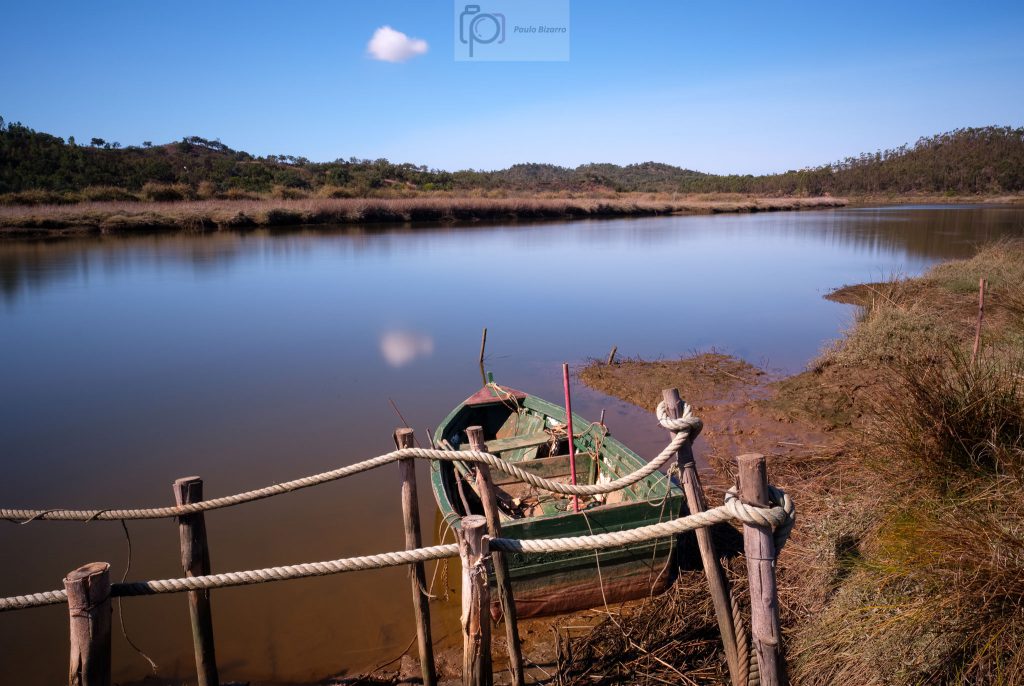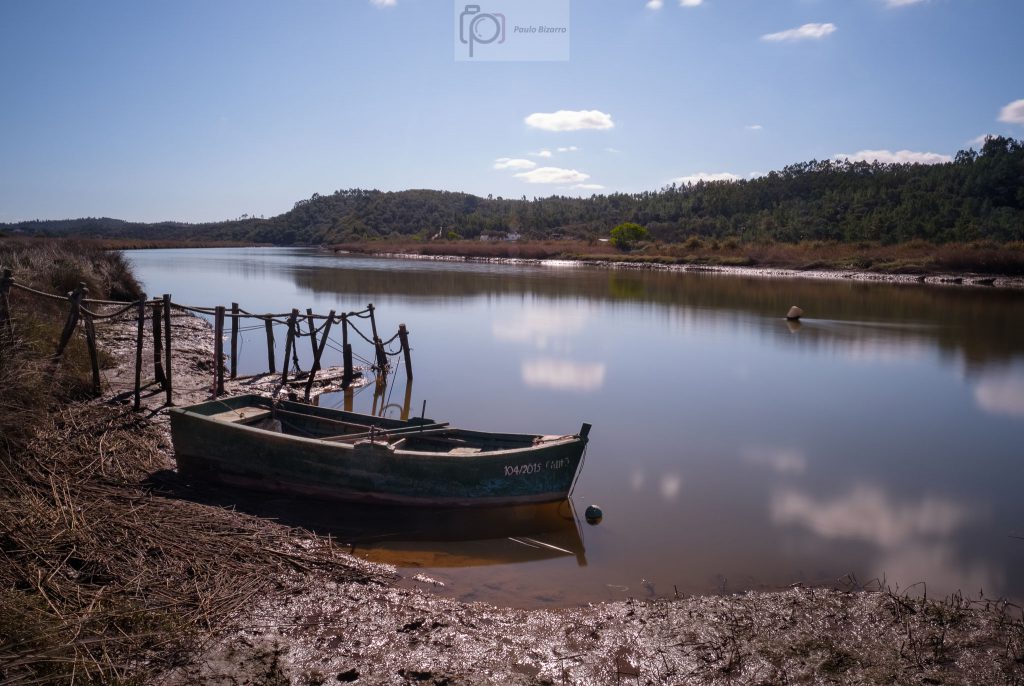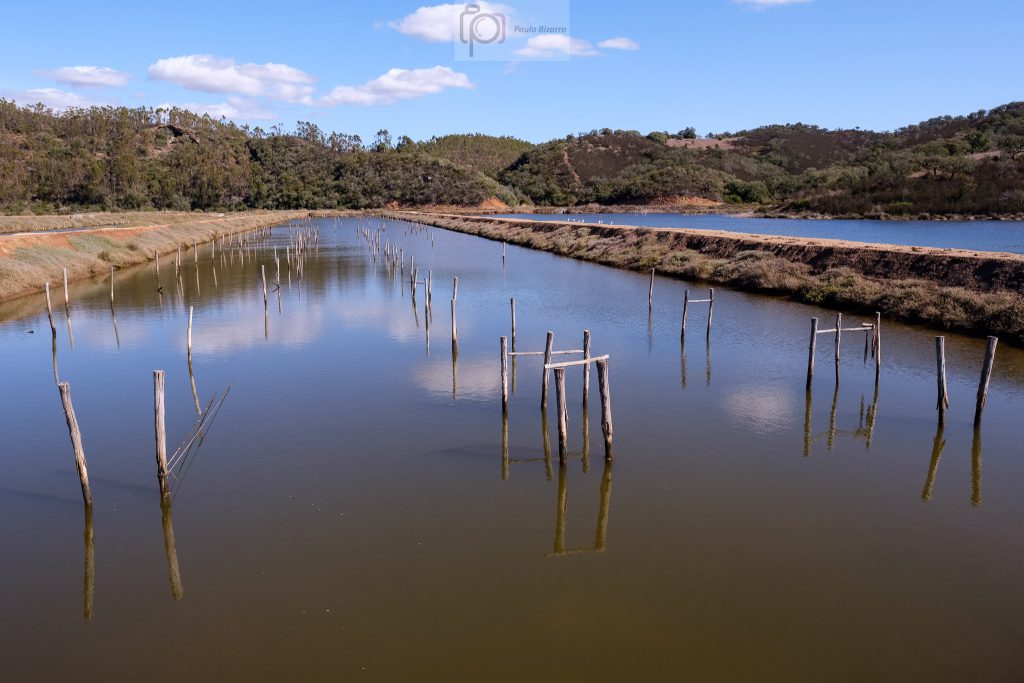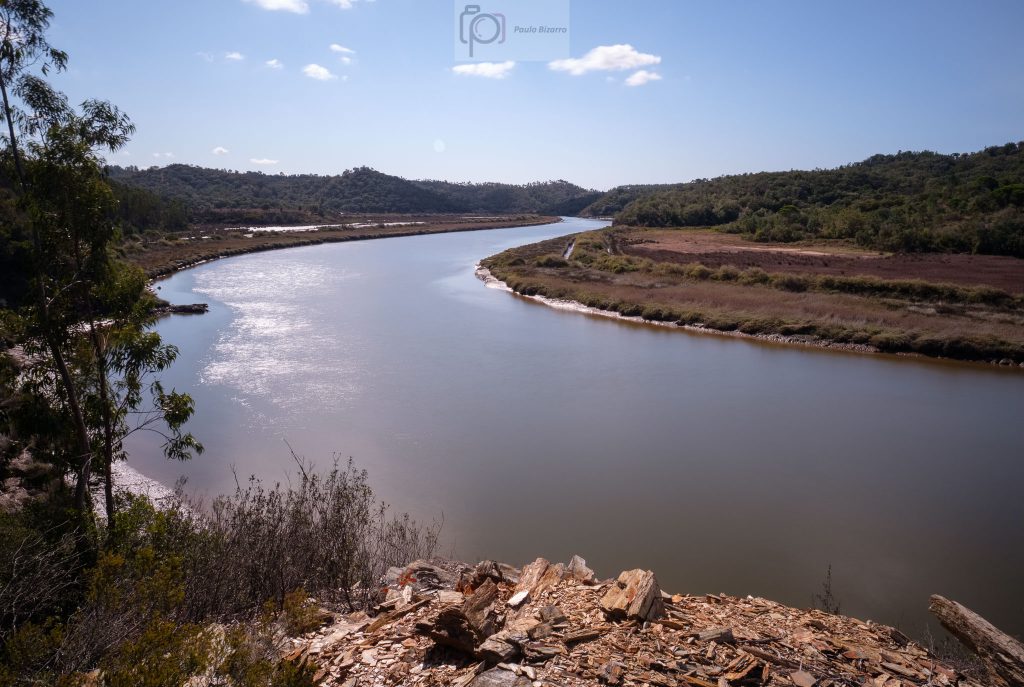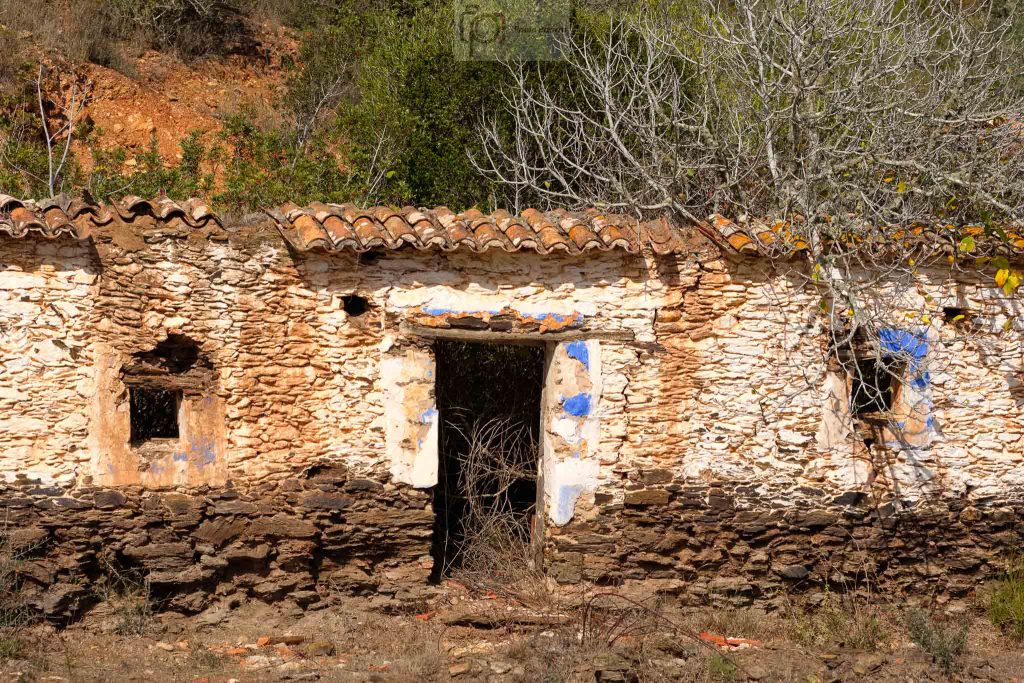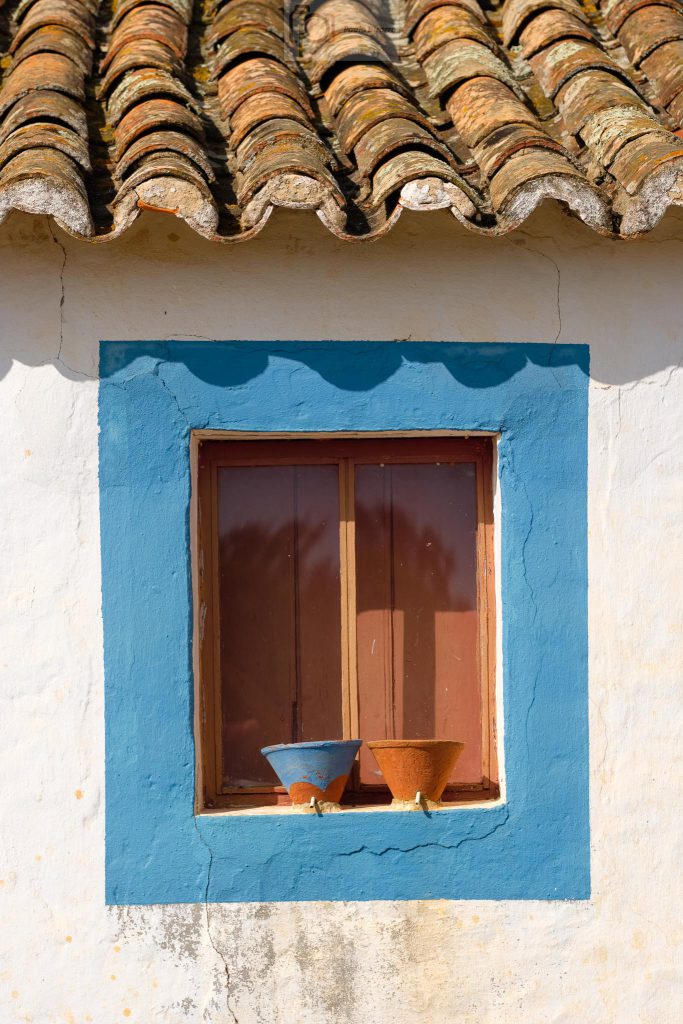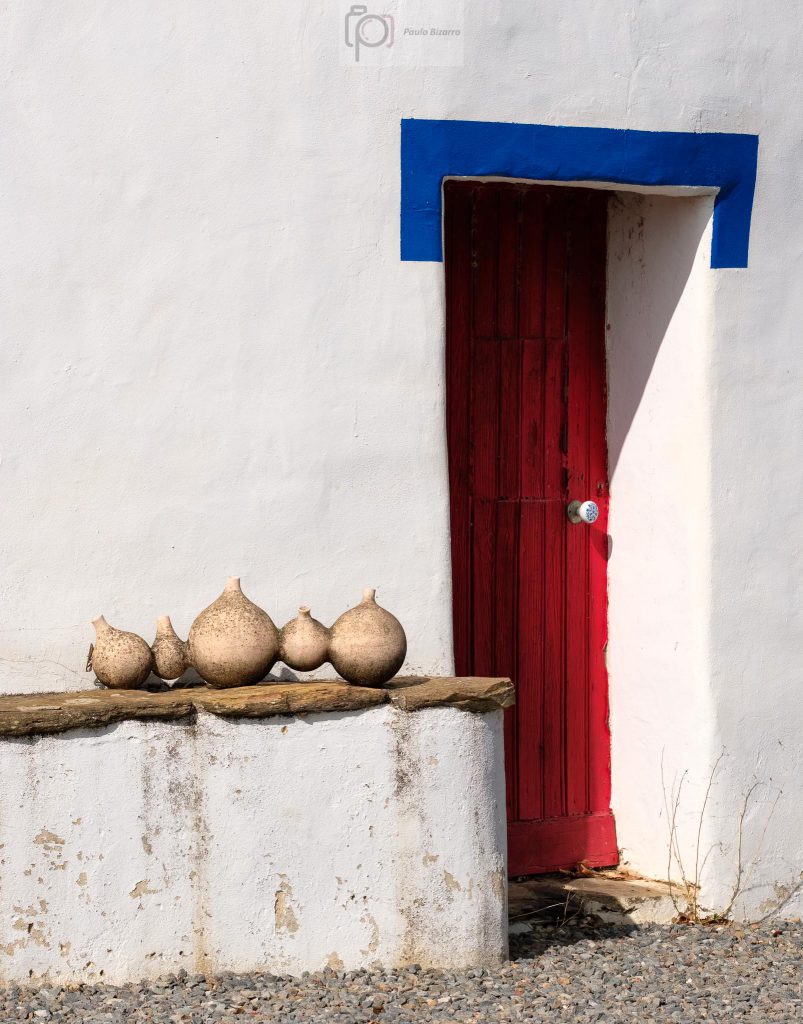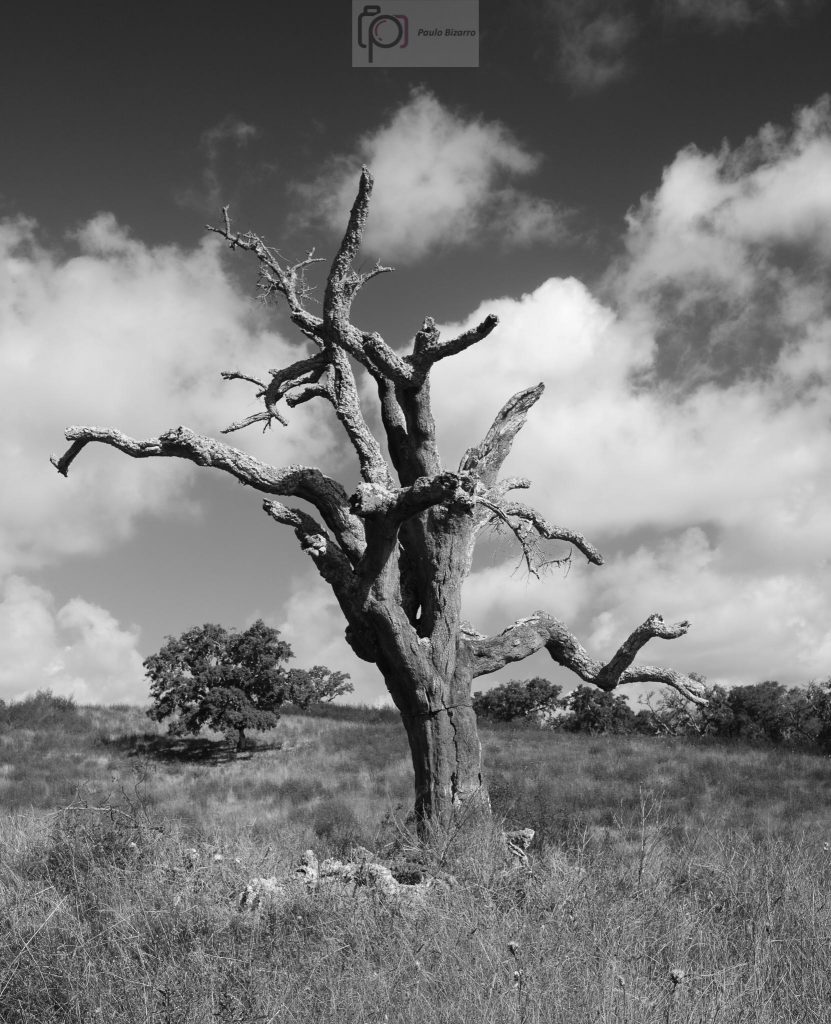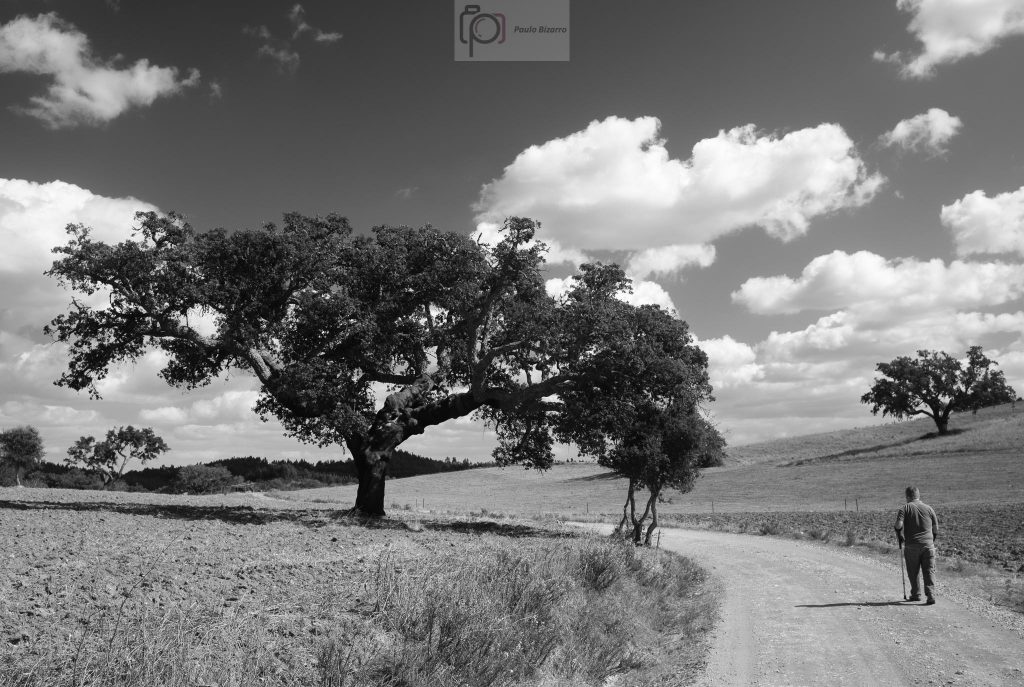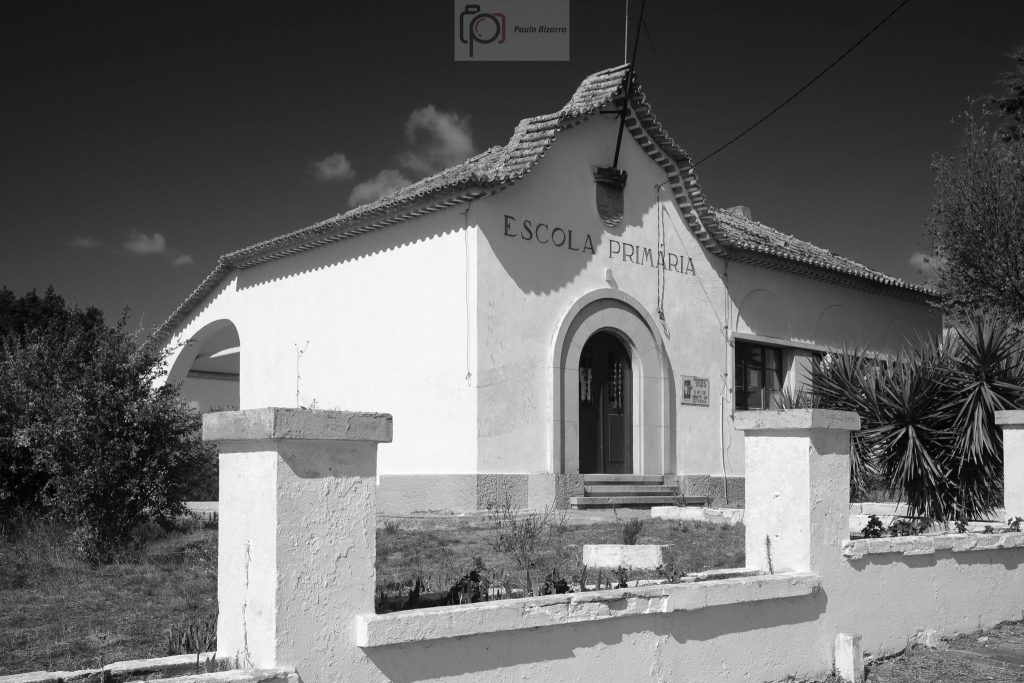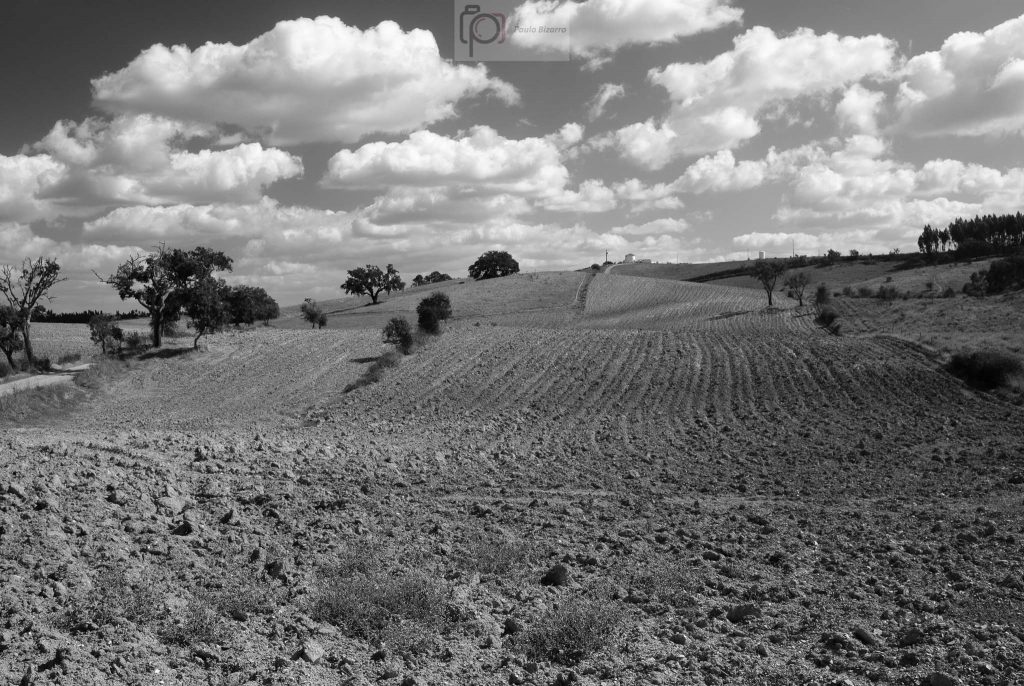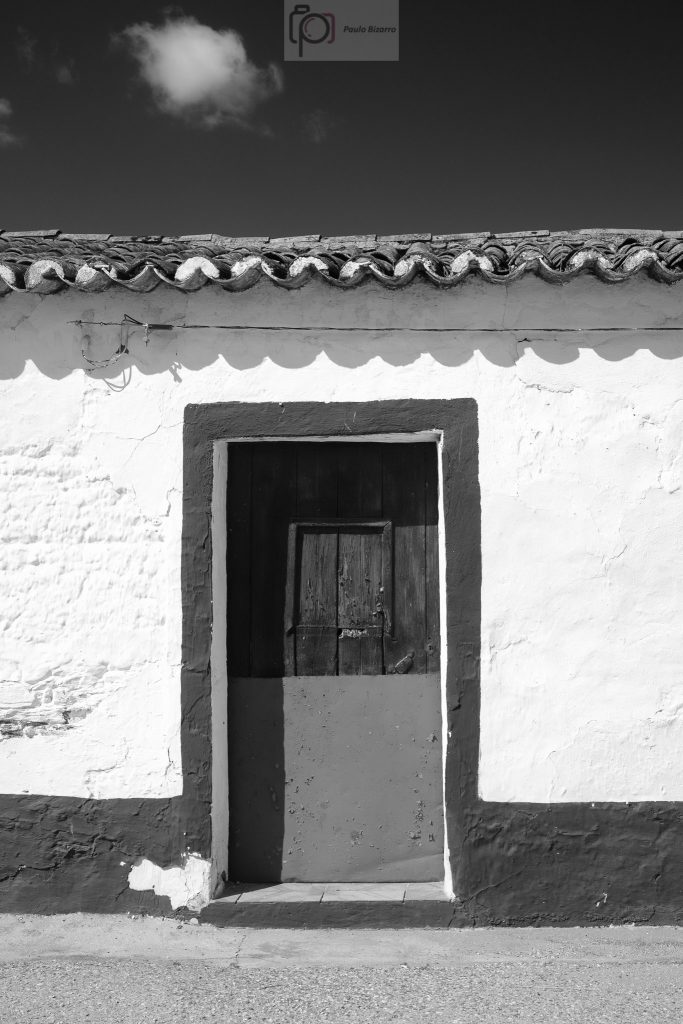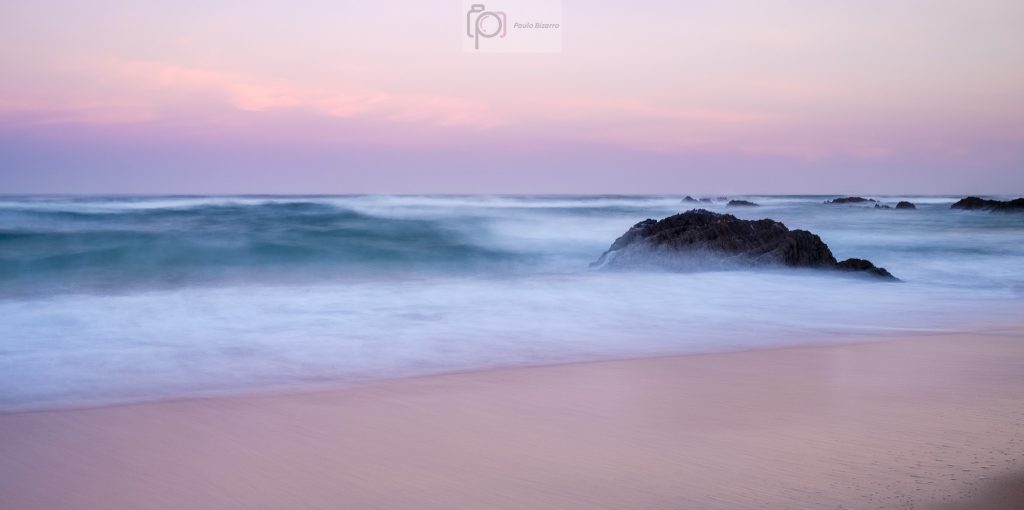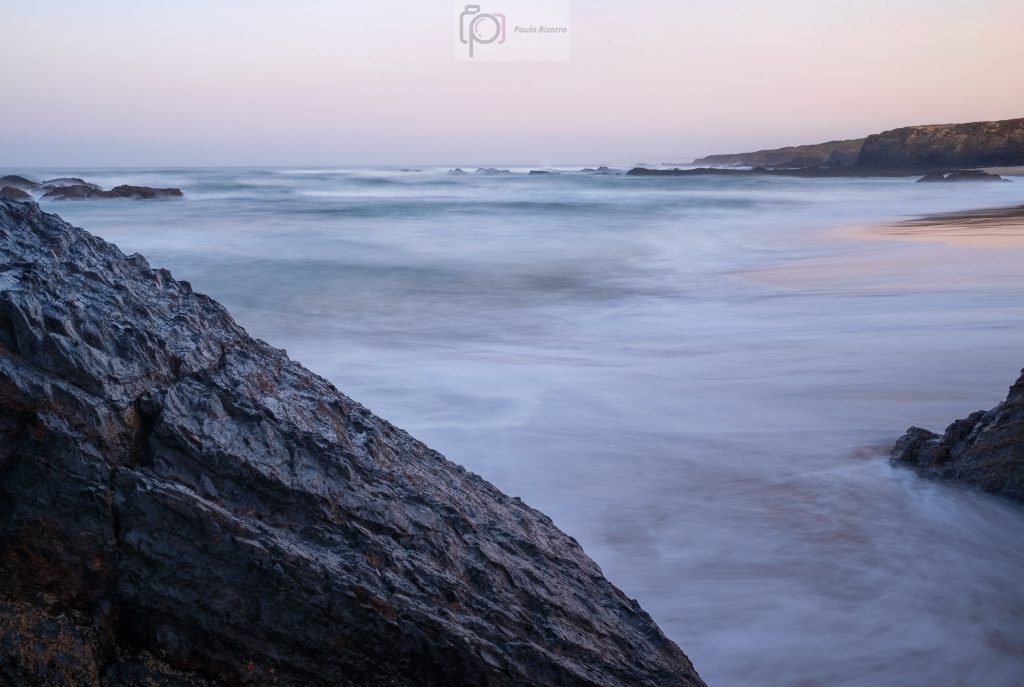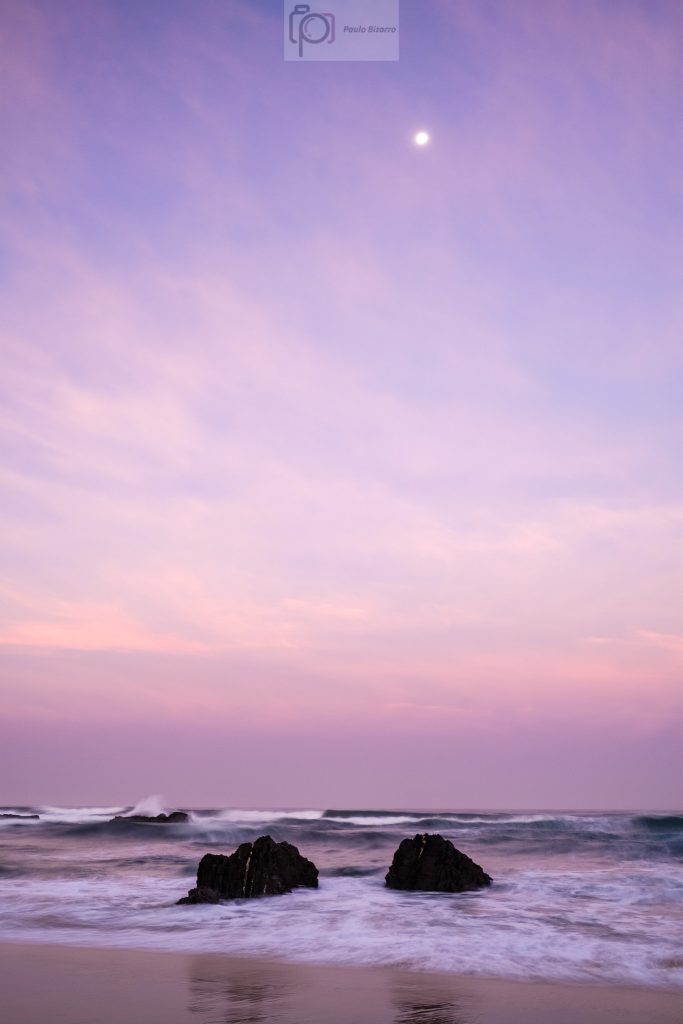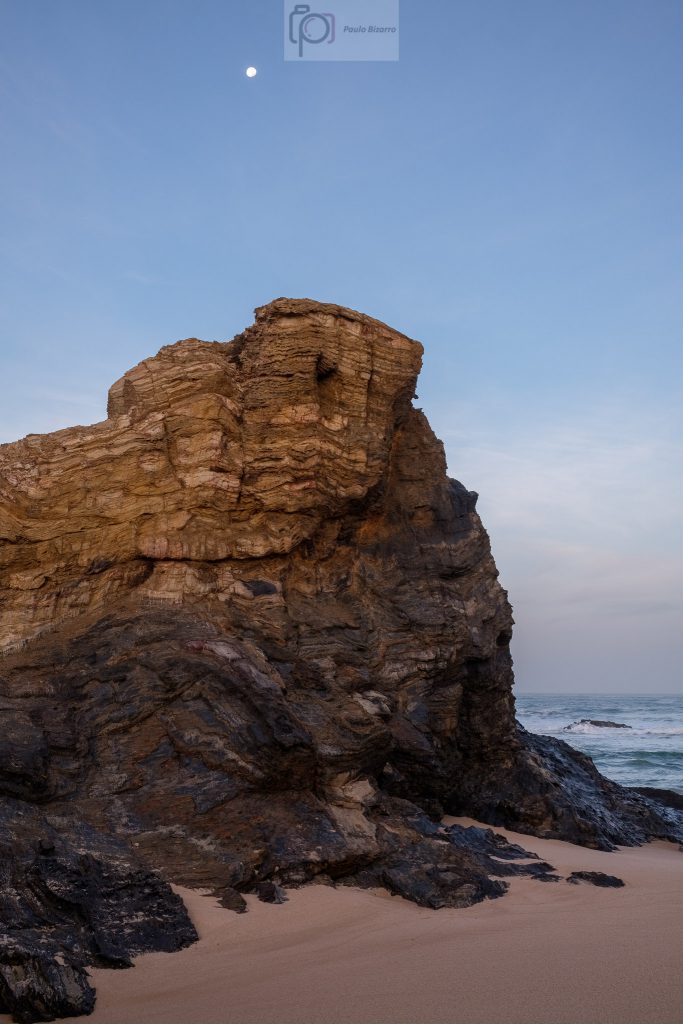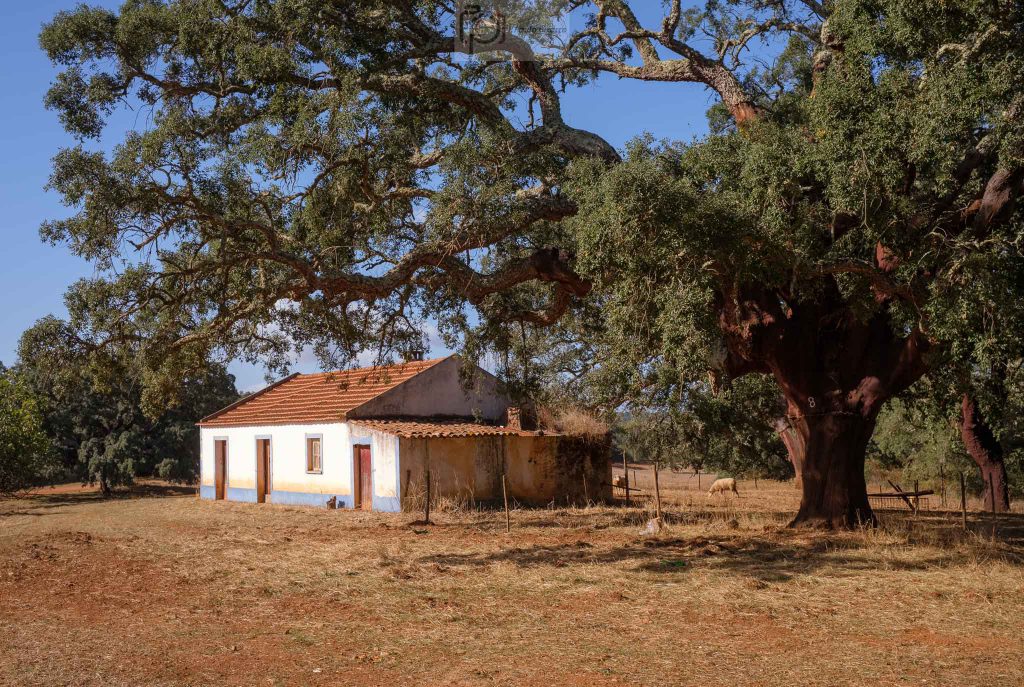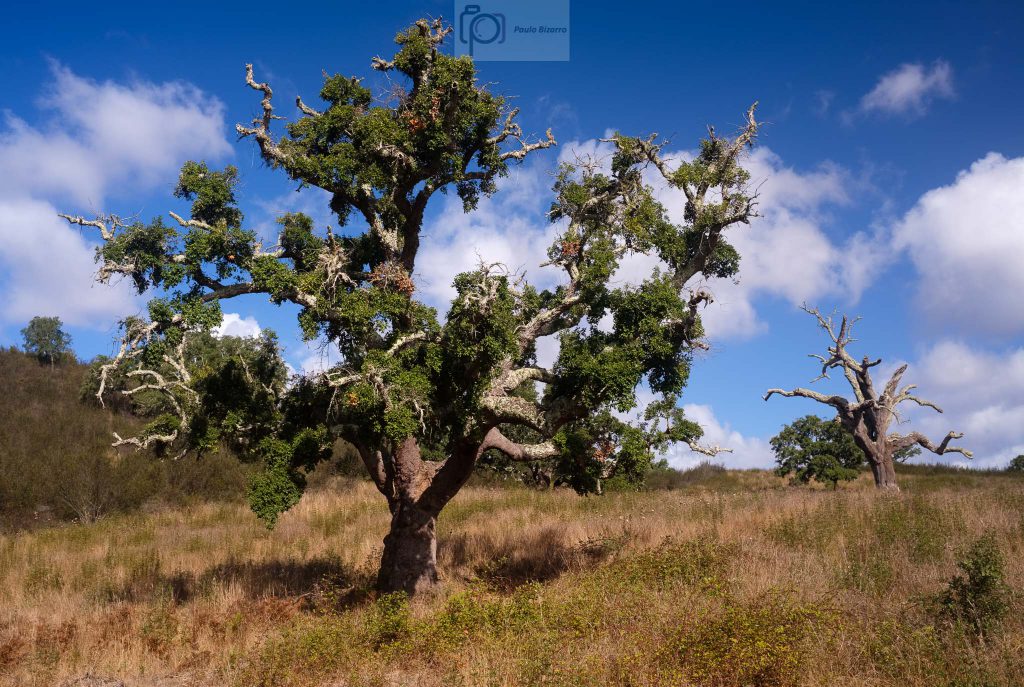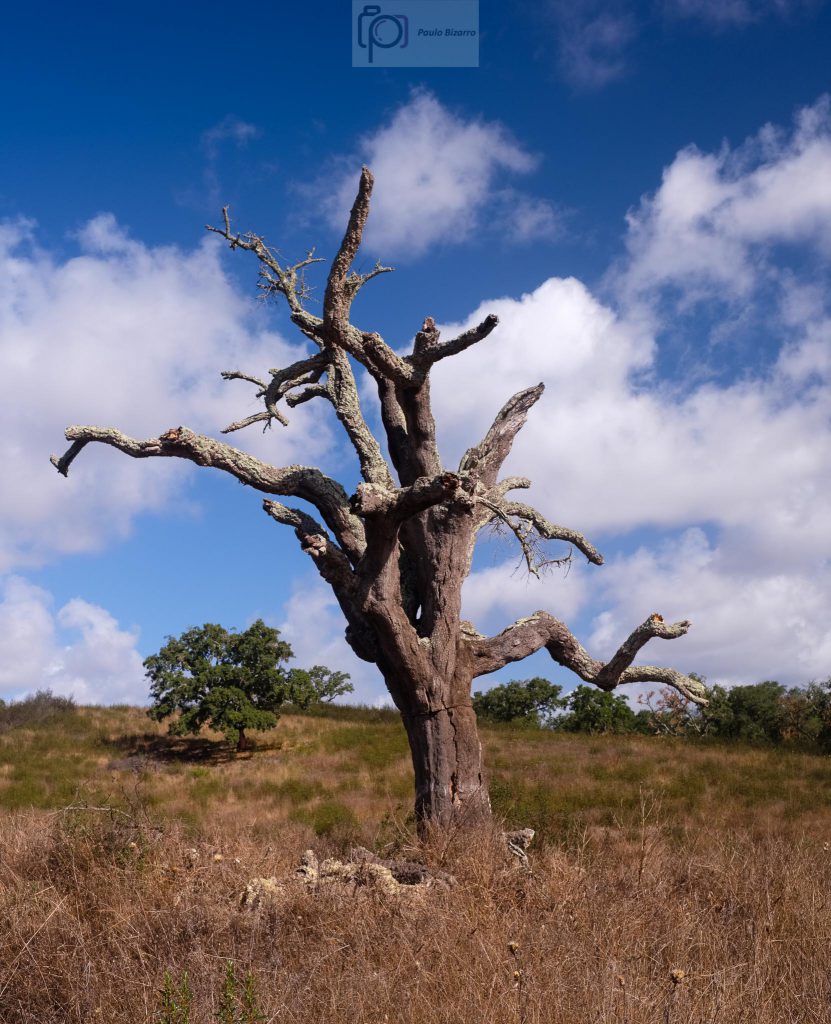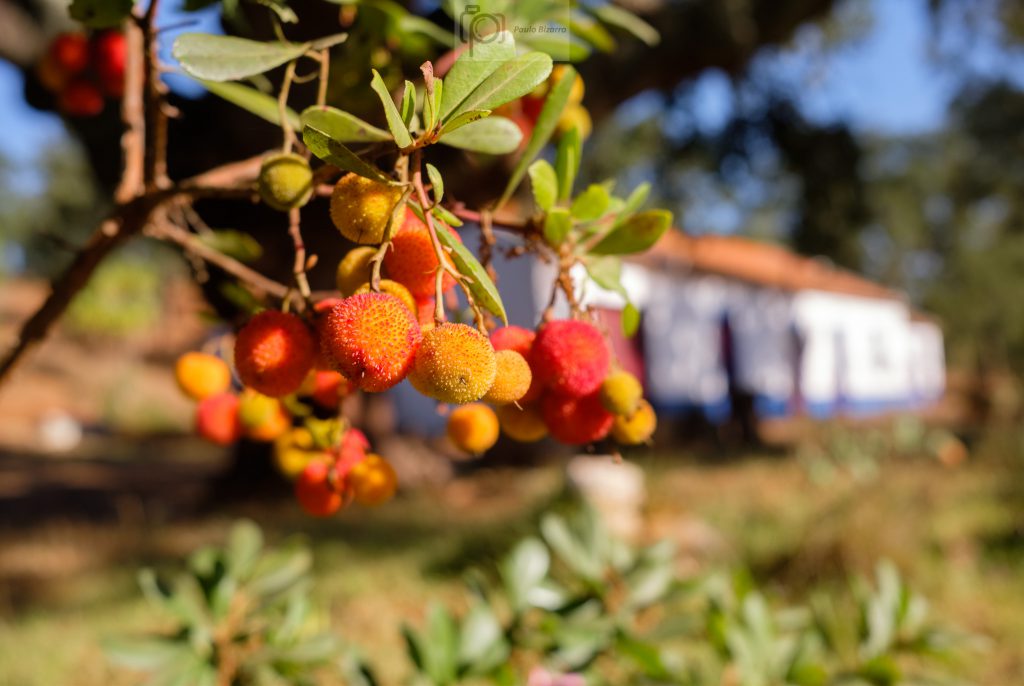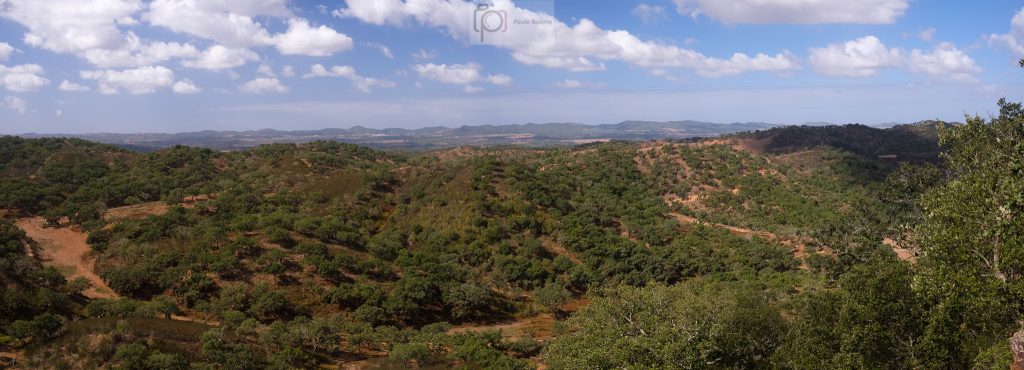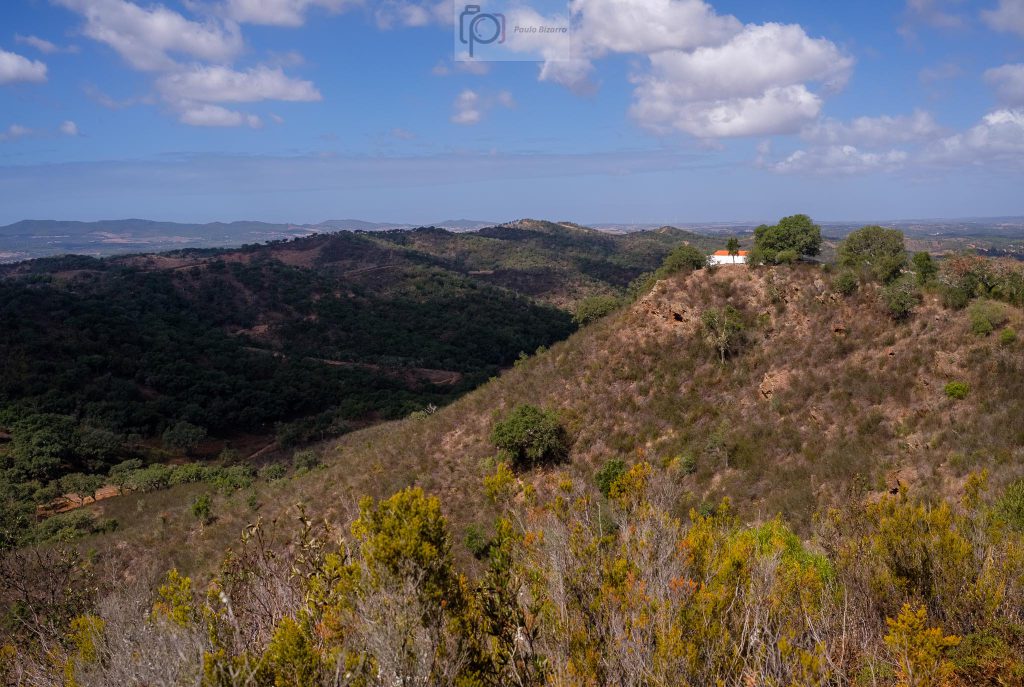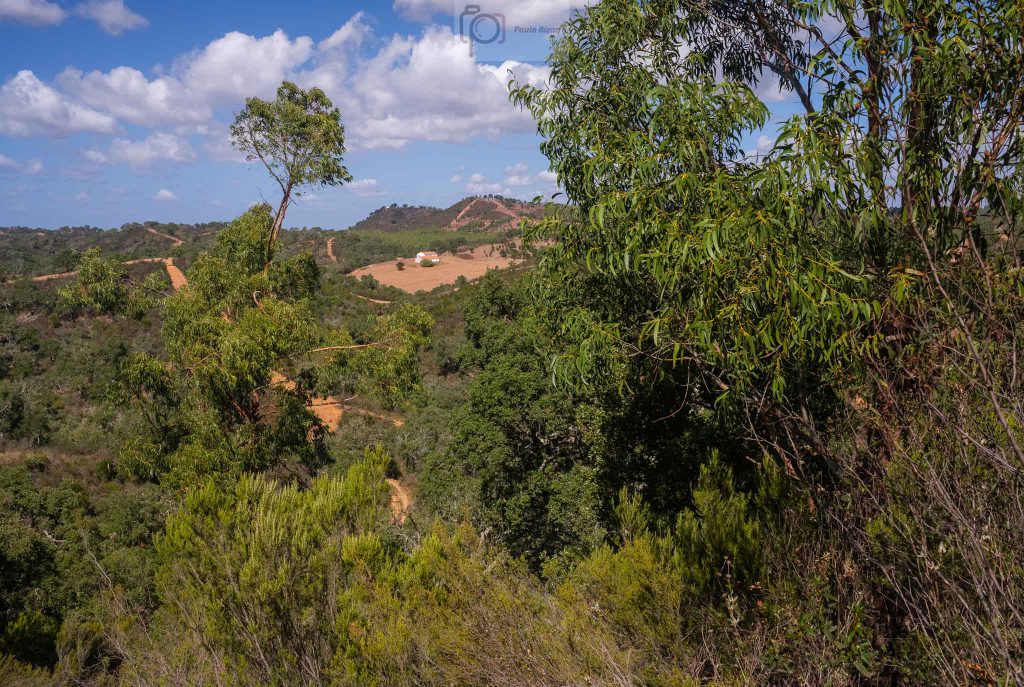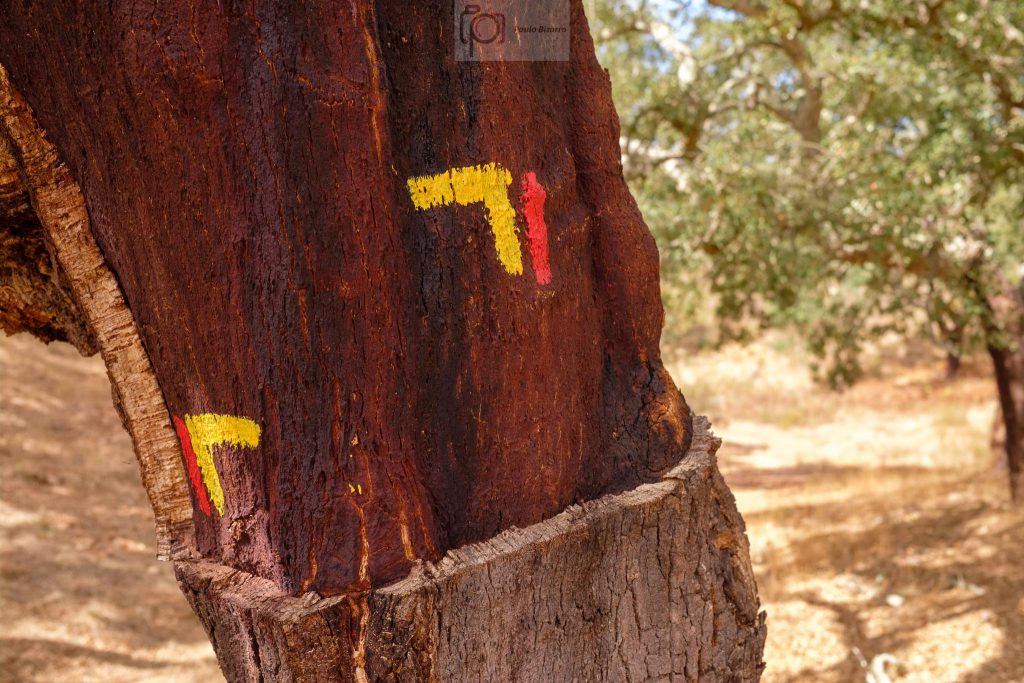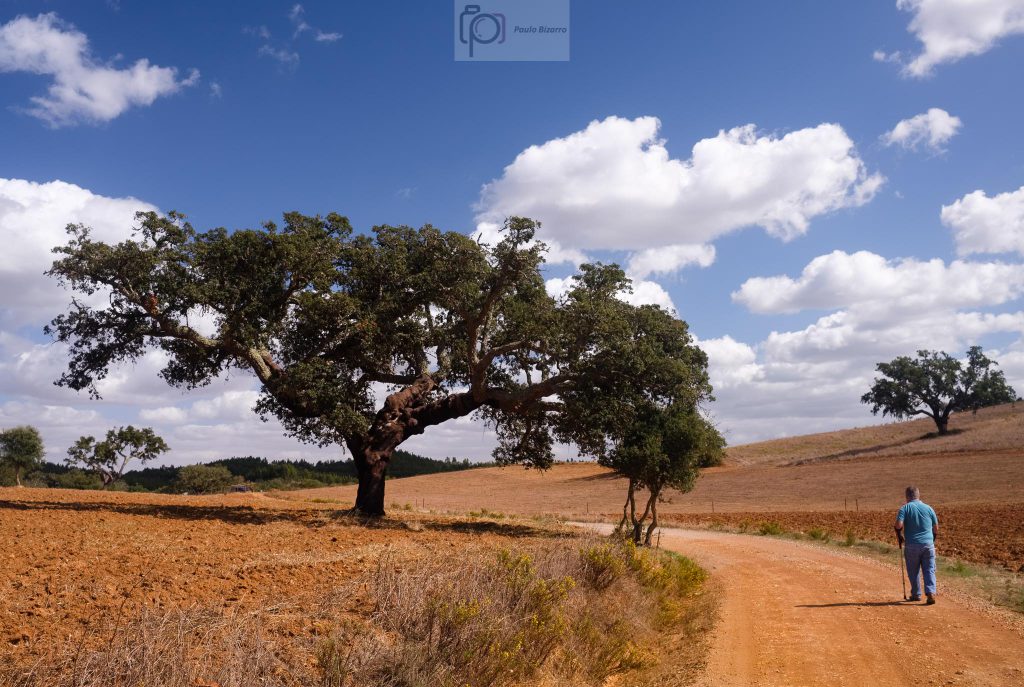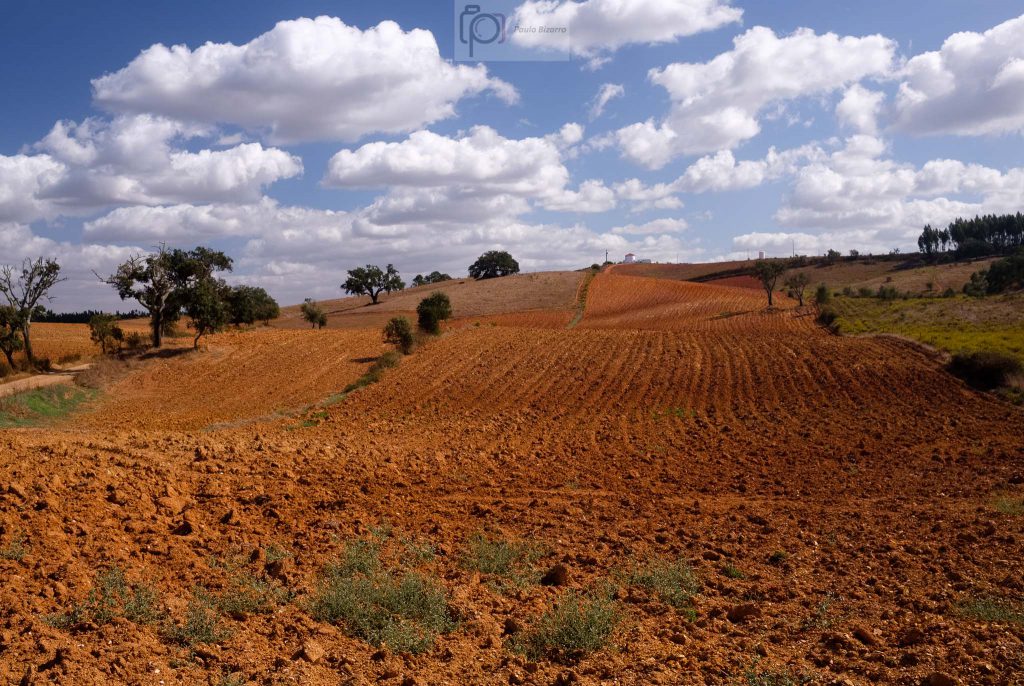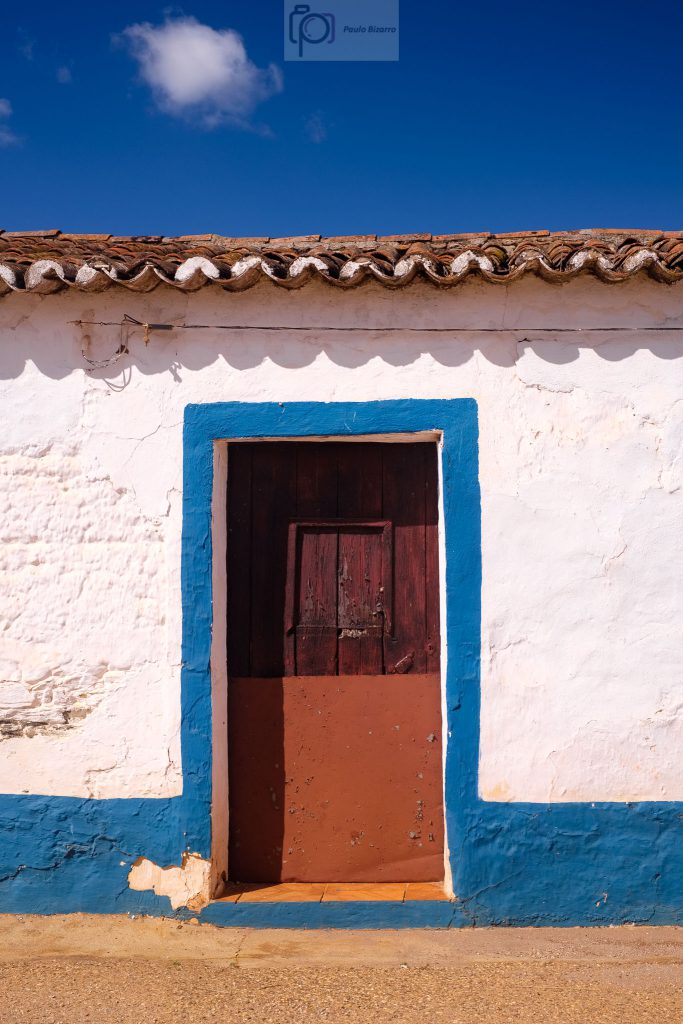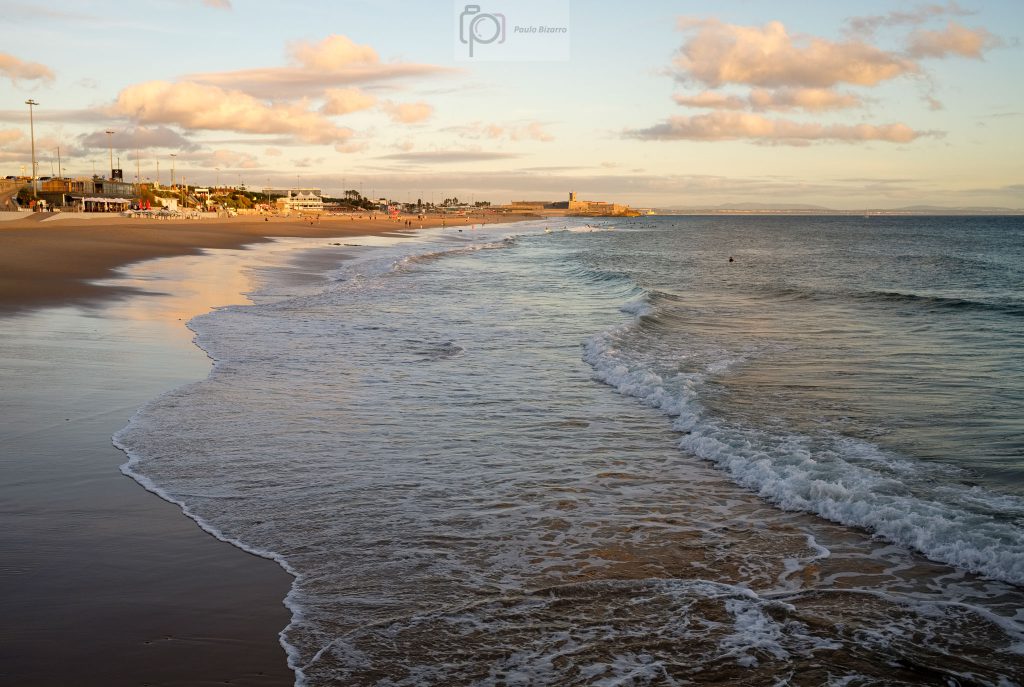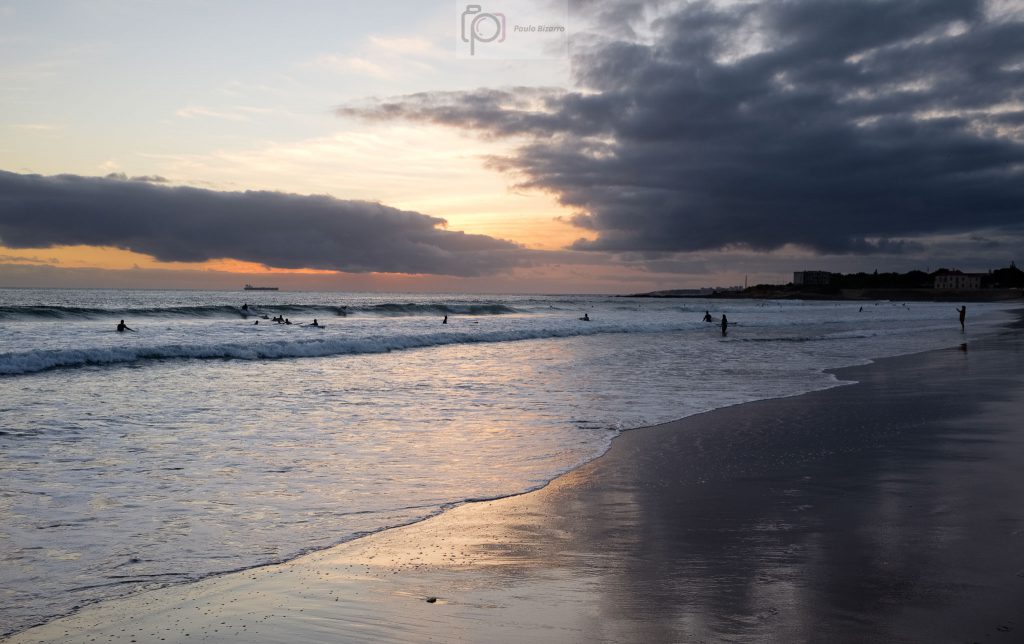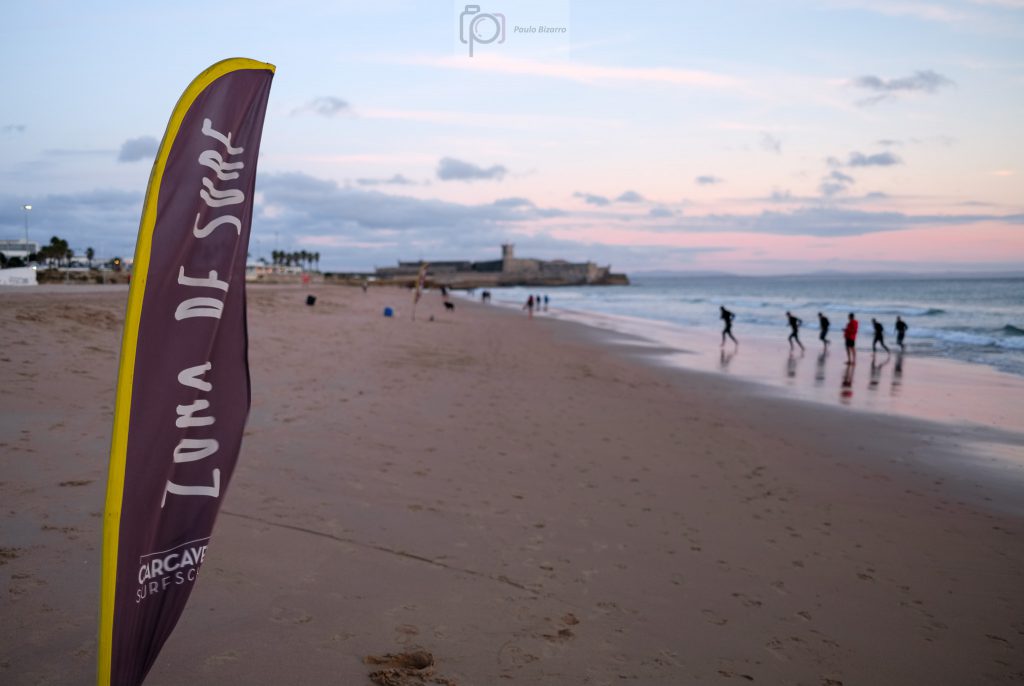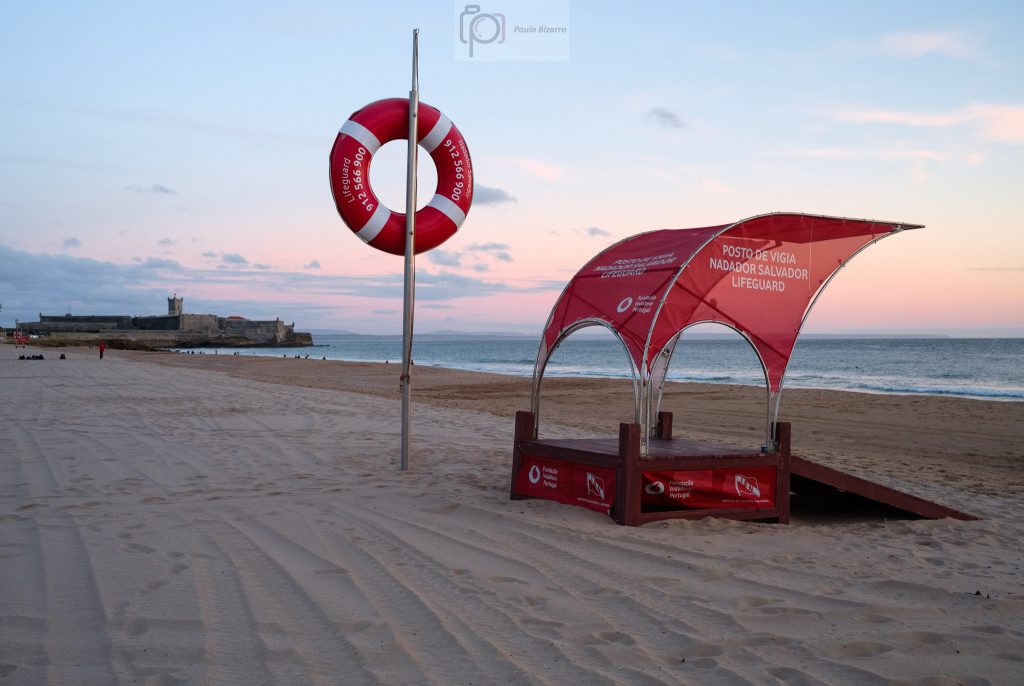With the ongoing Covid – 19 situation, and the concurrent confinements, I am lucky enough to still be able to go out occasionally and walk along some of the many trails near Odemira. These trails are part of the Rota Vicentina network, and over the past couple of years I have walked several of them and have written about the experience here in the blog.
In 2020 I had planned to explore the trails a bit further, in other municipalities of the southwest coast; unfortunately, the restrictions have curtailed the plan, so I have been circunscribed to the municipality of Odemira, where I have a house. Thus, it is still possible to travel and drive inside the municipality’s boundaries. As a result, I have been repeating several walks that I did in 2019, and this time I want to write about the trail around the village of São Martinho das Amoreiras. The first time I did this trail I wrote about it here:
When revisiting a familiar place it is difficult not to take photos from the same spots and of the same subjects. This second time doing the trail, the weather was far from being sunny, like in the first time. Early December, the weather forecast included heavy showers, which could provide a different feel and experience in the areas we were going to cross. The landscape is dominated by gently rolling hills and rural farms and small villages. There are green pastures and fruit orchards, that provide for the local economy.
Of particular relevance are the Arbutus (medronho), olive oil, and honey. The Arbutus is particularly attractive this time of the year, as the small trees are blooming and have plenty of the red fruits. Unfortunately, there are many abandoned and ruined farm houses along the way; as the older people pass away, there are no young ones to follow up this rural lifestyle.

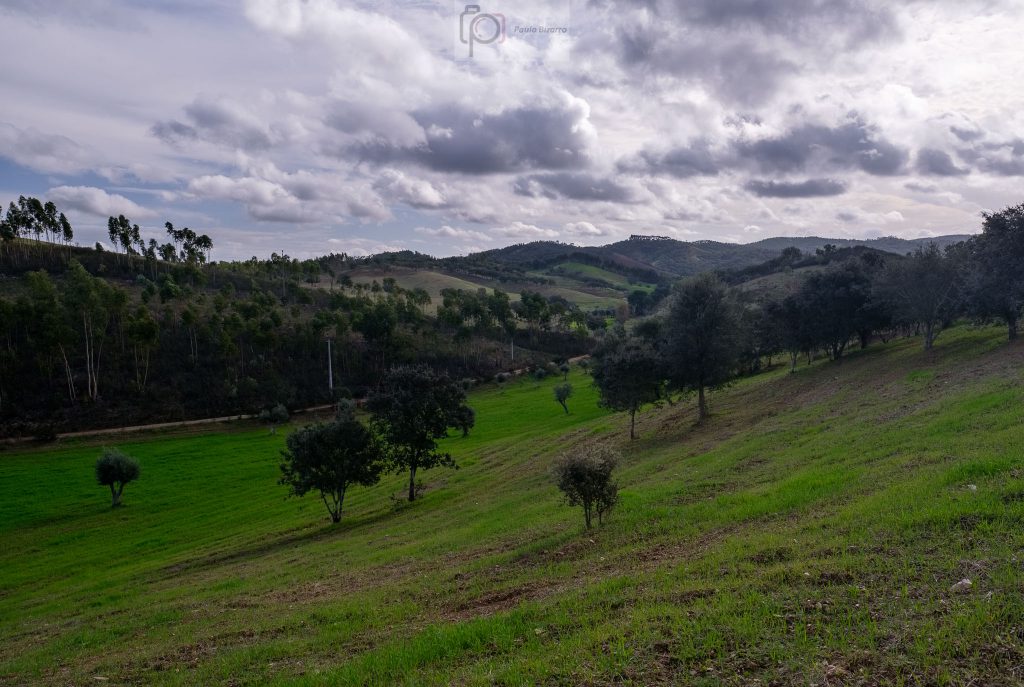
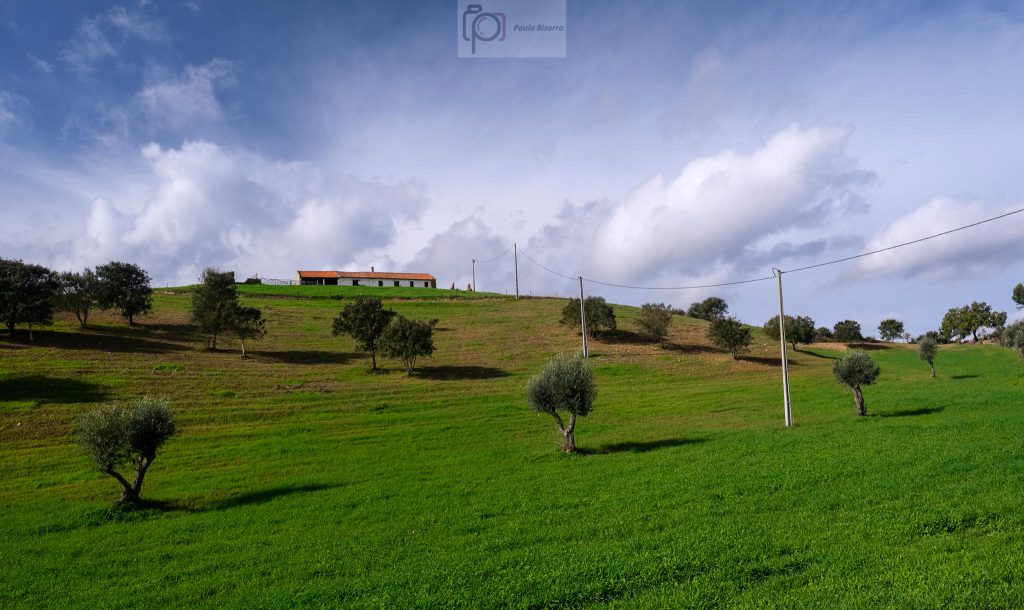
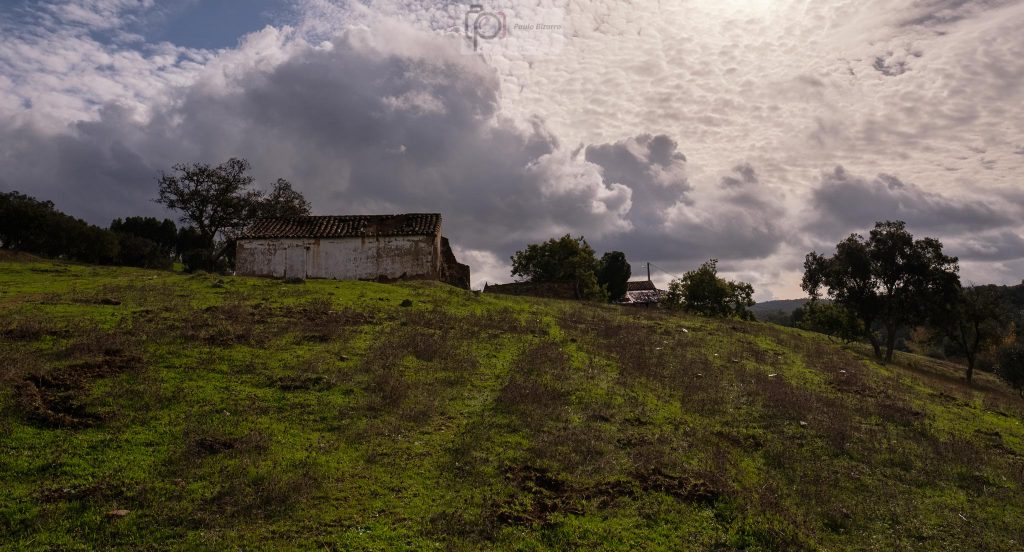
Given the large amount of recent rain, the landscape was different from one year ago, and there were more animals grazing in the field. Everything looked fresher, which was nice, following very dry Spring and Summer periods.
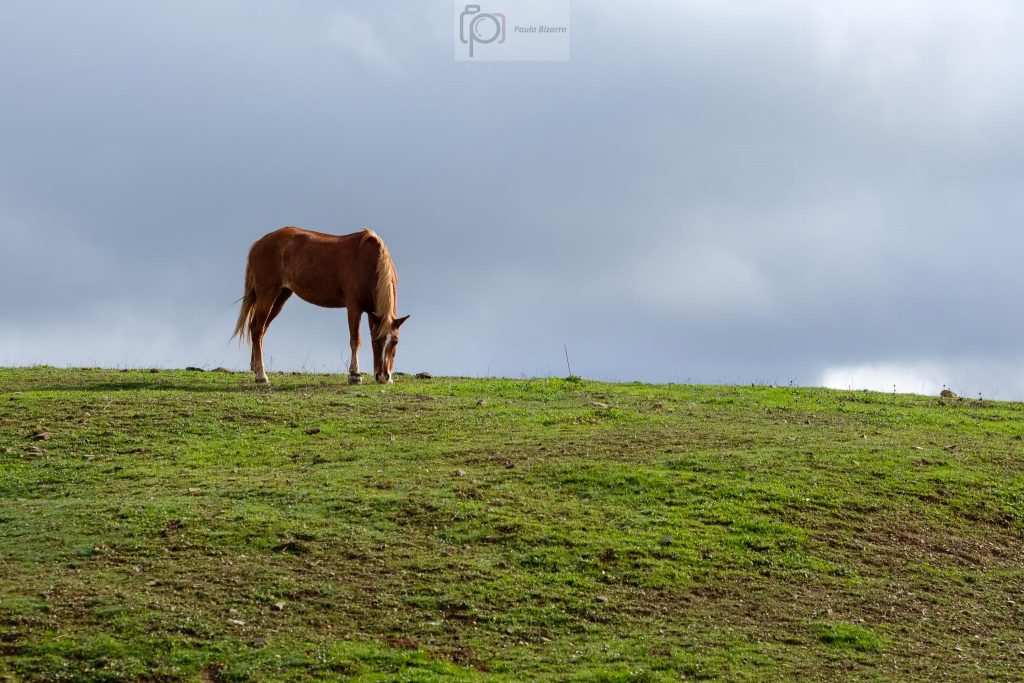
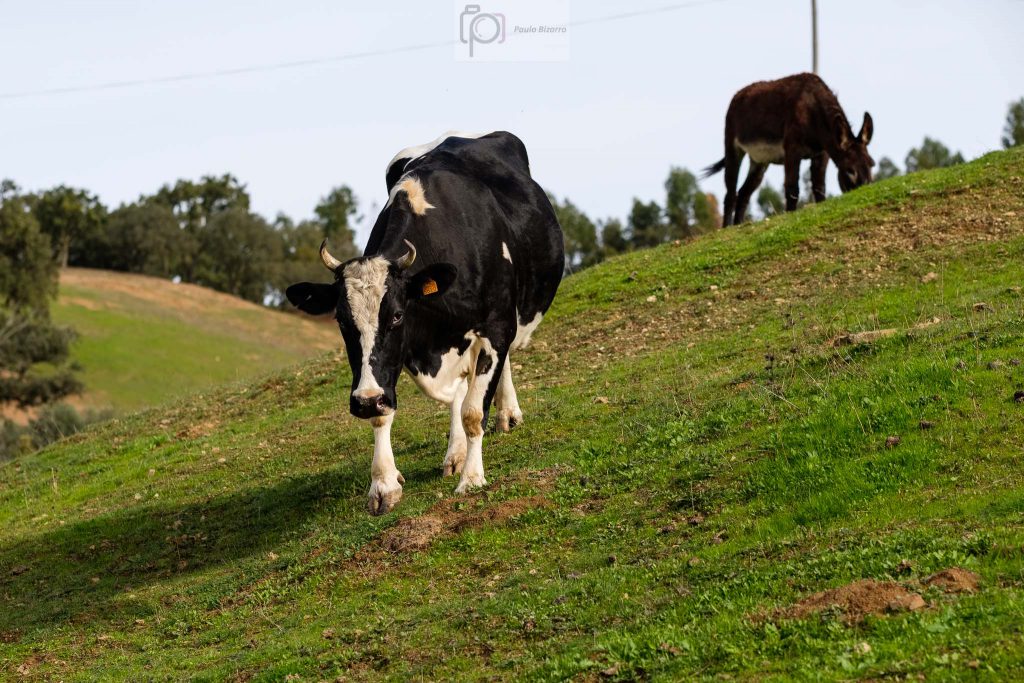

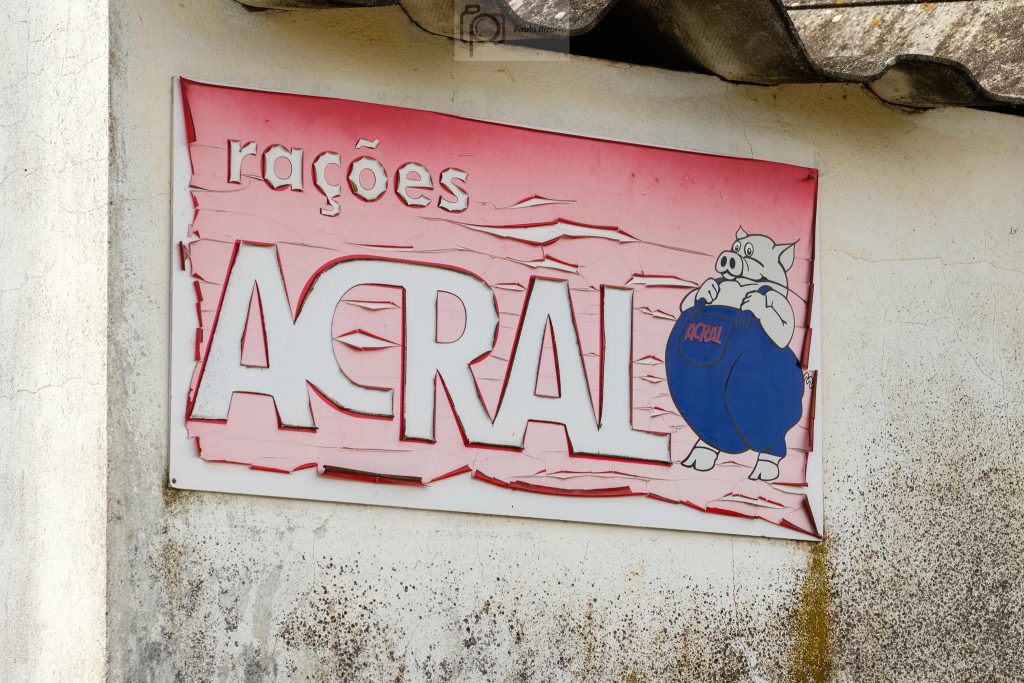
After lunch (quick picnic), the weather really closed in, with lots of rain. We decided to cut the walk short, after 9 km (of a total 13 km), because these interior roads are not very safe under such conditions, especially in the dark. While resting a little bit in São Martinho, I noticed some nice Autumn colours in the trees, and took a few shots.
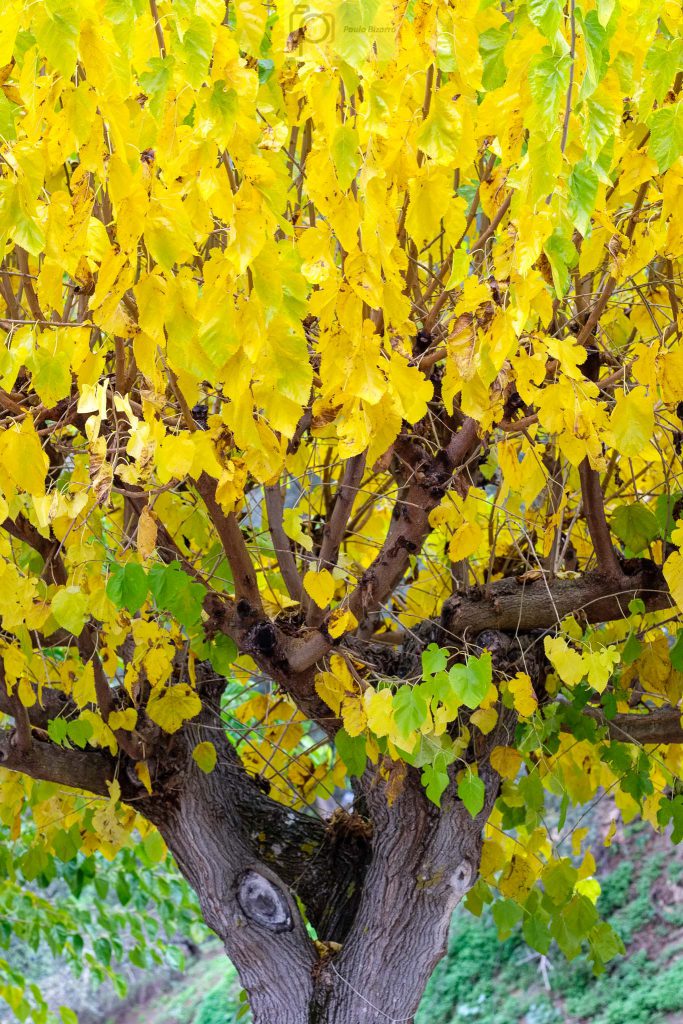
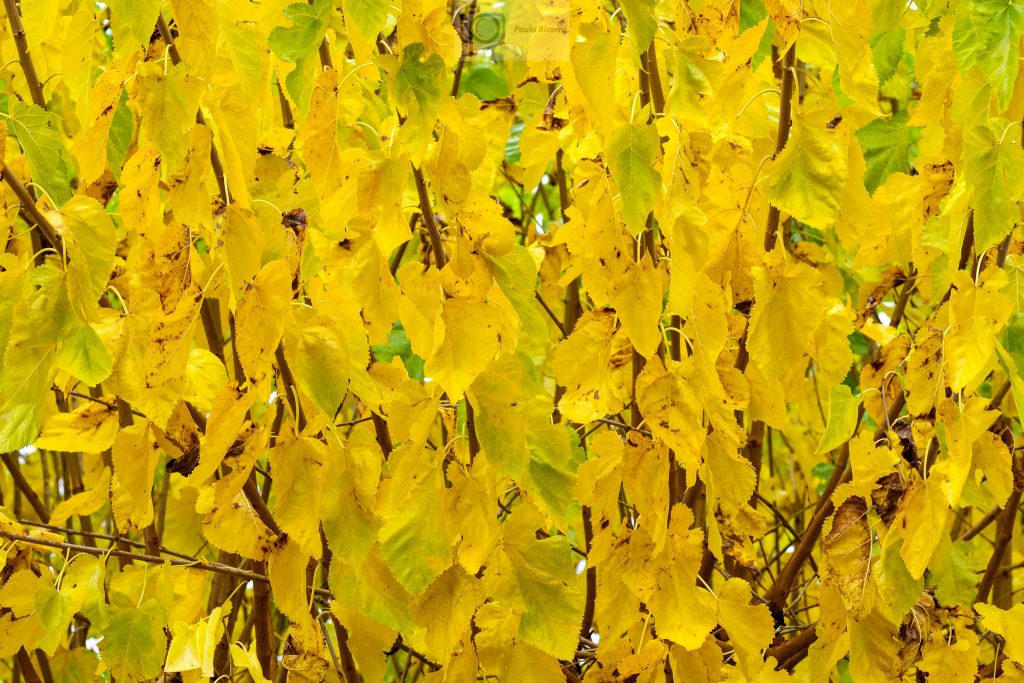
On the way back the rain stopped, allowing us to enjoy the leisurely drive through a winding road that provided excellent spots from which to photograph the countryside.
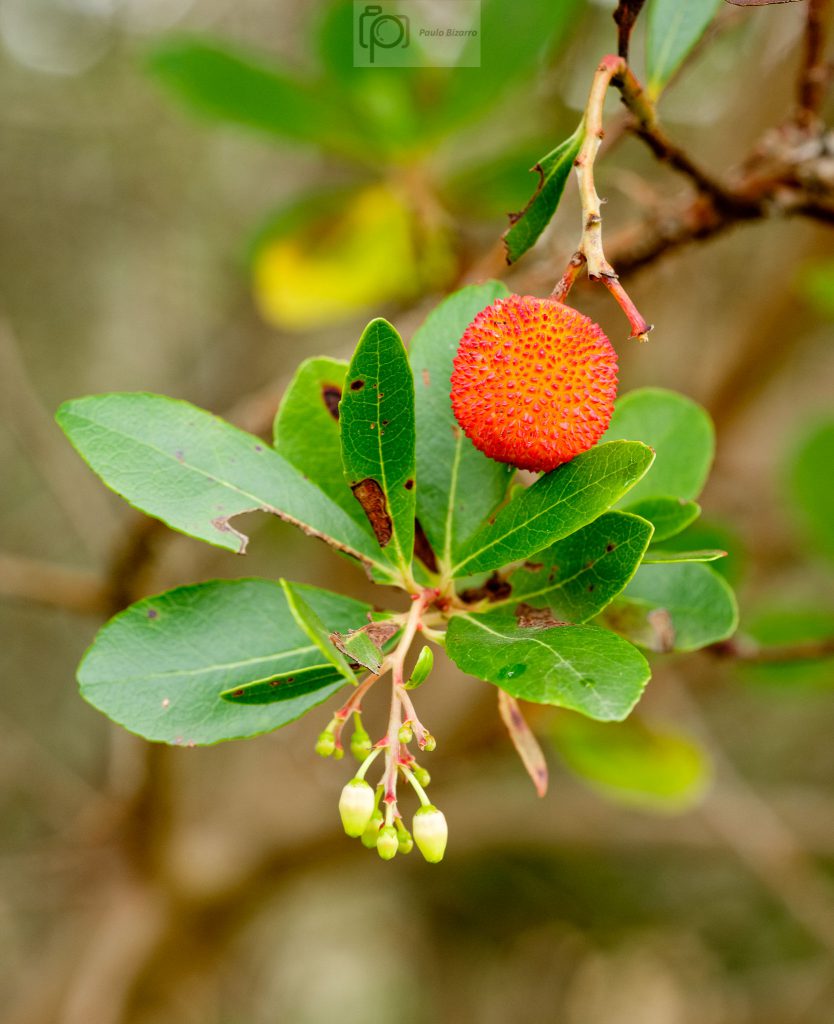
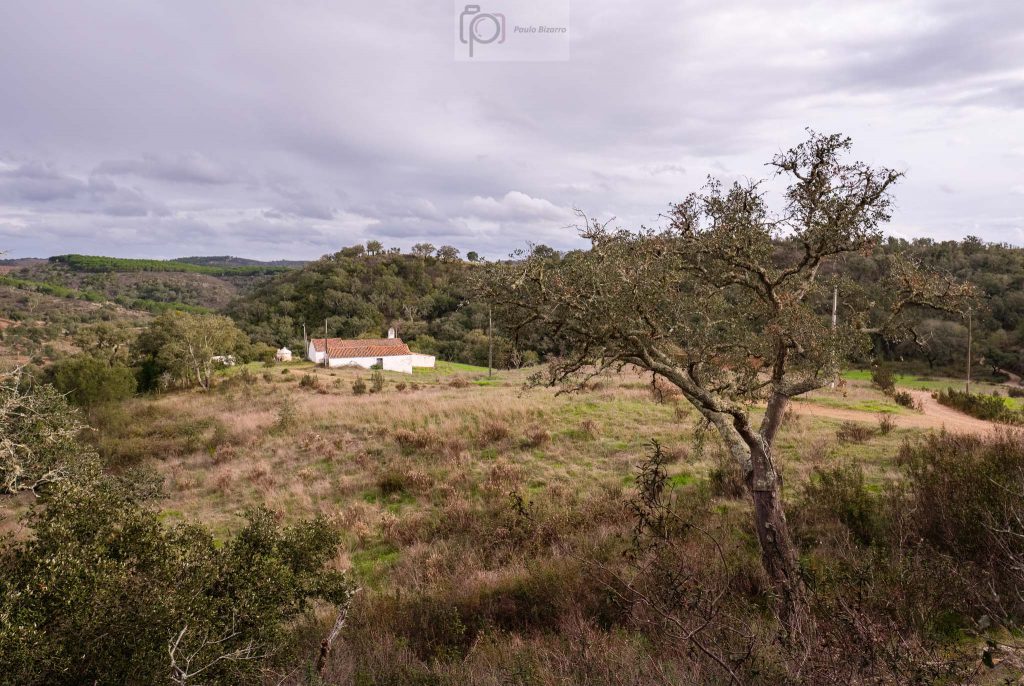
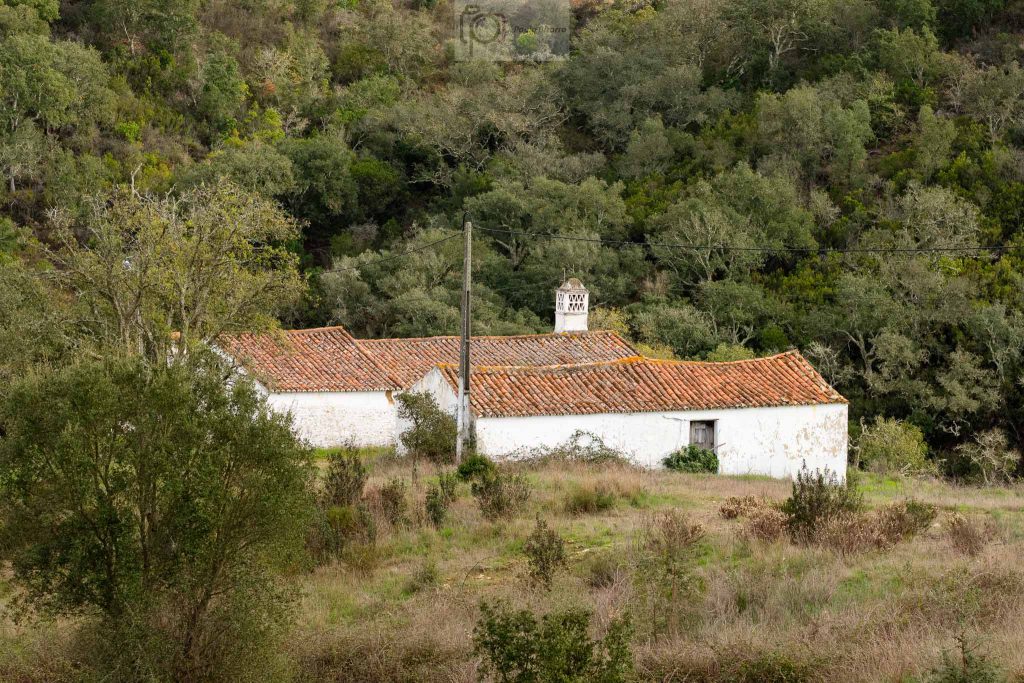
For this walk I used Fuji X-T3 and X-H1 cameras, fitted with the Fujinon 16mm f/1.4 and 90mm f/2 lenses. These were more than adequate to get the shots I found along the way. Light conditions for photography were changing quickly, with alternating dark and light patches on the landscape. Contrejour was common, and I exposed to preserve the highlights. Shooting RAW was a safeguard against such challenge, ensuring files were maleable enough to obtain a good result.
